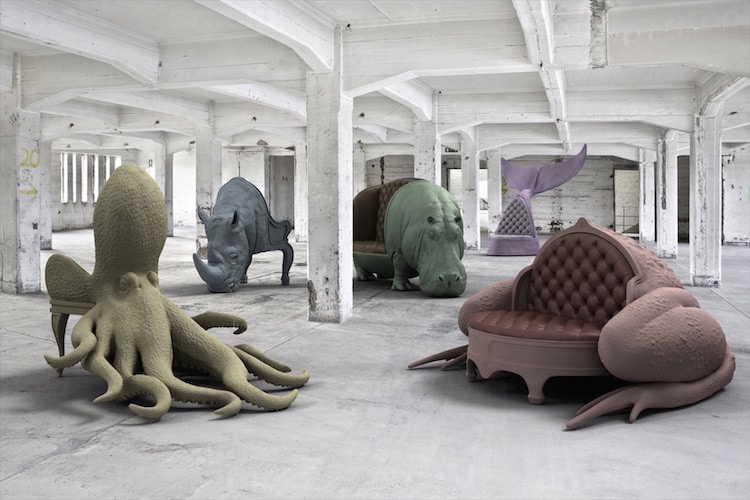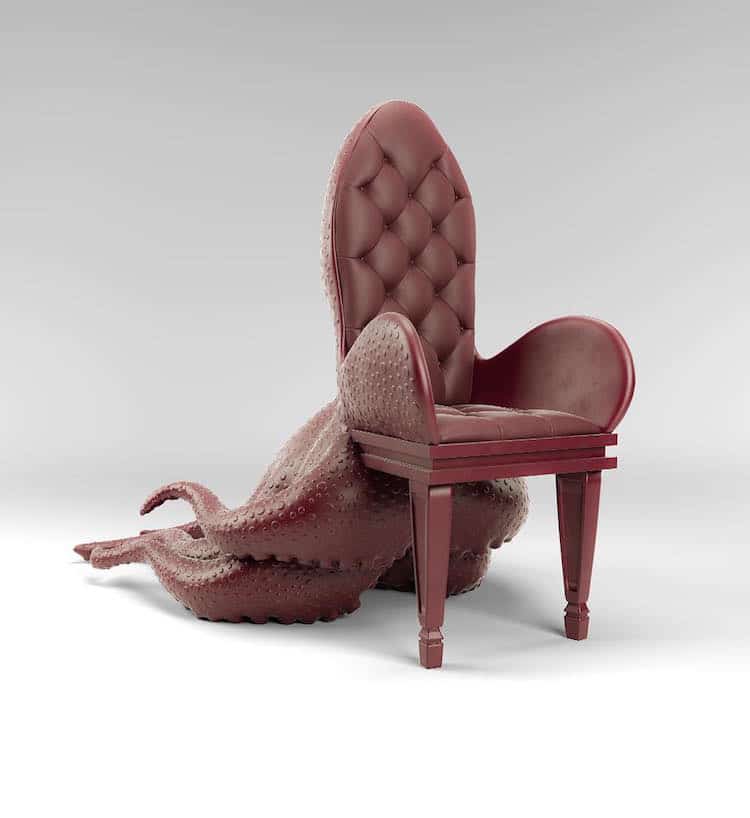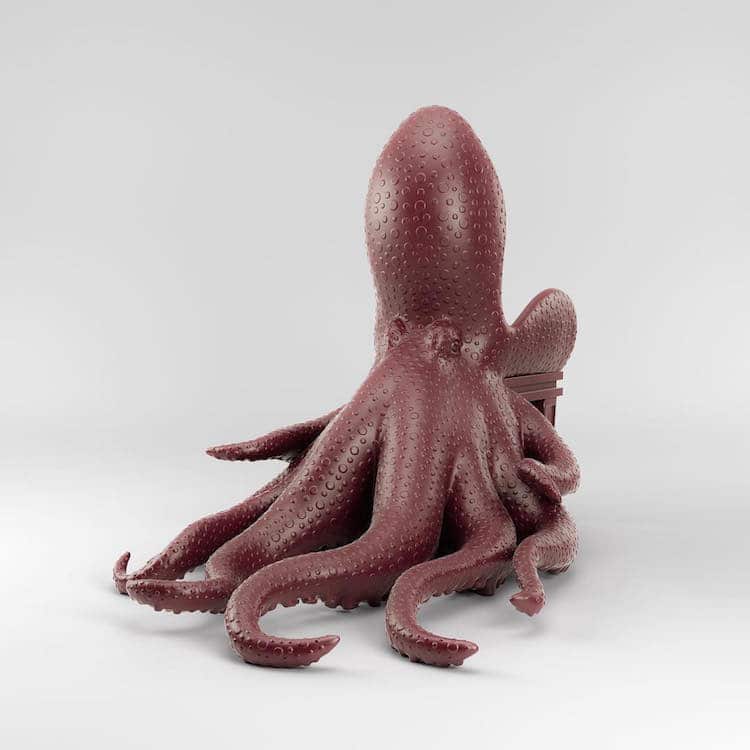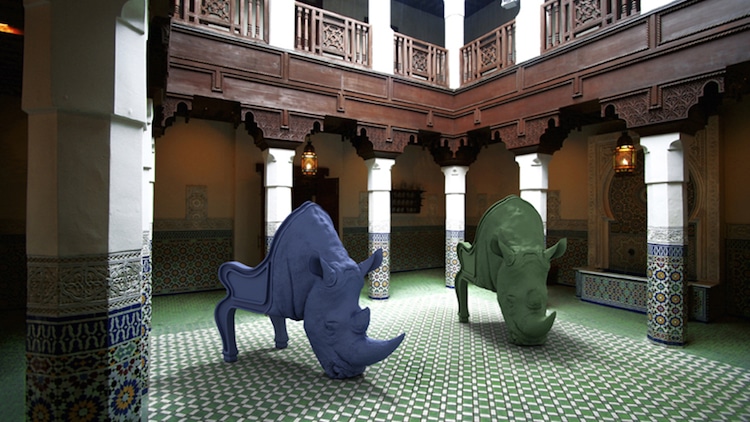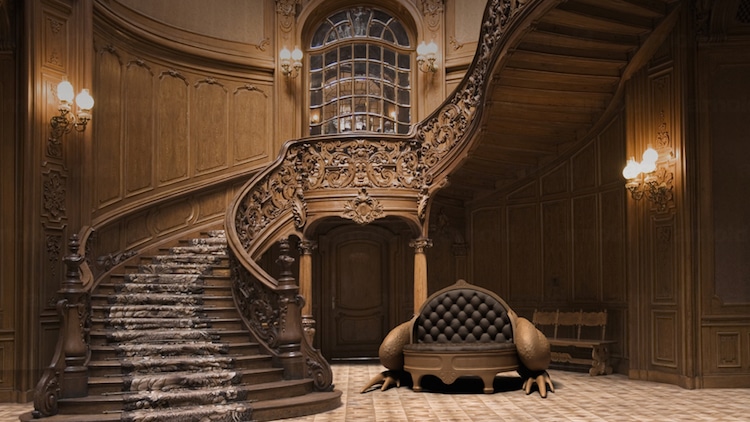And all these people call in, sharing their own memories of this mysterious Cryptid named Logan who is apparently an immortal, grumpy, wandering dad-friend who’s also a patriot and he helped punch out Nazi’s and free camps and beats up assholes who don’t respect women. And the whole while Logan is watching this from a TV screen with Kitty or Rogue holding his hand so gently, after they dragged him to the couch in a hurry. “You recording this?” “Don’t worry, we won’t let you miss a single word.”
Okay but if we’re gonna do this we’re gonna do this HARDCORE HISTORIAN STYLE, and it initially comes up while Steve is being interviewed for a book about the Howling Commandos or a bit for the History Channel or something. Because this person is like “Hey, there are a bunch of stories of you showing up somewhere with only one dude for backup, was that Bucky?” And we’ll assume that this is before the whole Winter Soldier thing, so that’s not a hideously loaded question.
And Steve kind of laughs and he’s like, “Oh, wow, God, that was actually this dude on detached duty from the Canadian special forces, he and I got sent on a bunch of missions together. His name was Logan, he was the weirdest guy I ever met, and I knew some pretty weird guys, but he could take a hit even better than I could, so when the Howlies were laid up, they sent us out together.” And he launches into this story about how one time he and Logan stole a plane complete with pilot and stormed a prison camp that was holding German Jews before sending them up to Poland, and the historian he’s talking to is taking frantic notes and trying not to drool because THIS IS A NEW GUY. CAPTAIN AMERICA’S STORY IS METICULOUSLY WELL DOCUMENTED BUT NO ONE’S EVER MENTIONED THIS GUY.
There are no pictures, obviously, so Steve does a sketch for this historian, because he’s helpful like that and also because. Like. Listen. Steve’s been through a lot of weird shit, and to be sure this Logan he used to know could take a bullet and keep coming no problem, but this dude’s probably been dead fifty or sixty years. No harm in giving him a little posthumous glory, right?
So this historian runs back to her university and starts doing research on the Internet. She reaches out to her coworkers first, then to anyone else she knows, then to the premier WWII and Captain America scholars of the world, and asks all of them “Do you happen to know who the fuck this dude is?”
And like, no, they don’t. They’ve got no idea. Steve’s not even totally sure what the guy’s real last name was, because Jameson is common as hell and there’s no Logan Jameson on the books. So they start doing research into this WWII cryptid, and finally they reach an old woman who listens to her grandson’s boyfriend talk passionately about this new project he’s working on and goes “Oh, yeah, I met Cap in Germany one time, there was a guy with him who sounds kind of like what you’re talking about.”
This passionate history major immediately sends an email in all caps to his adviser and it just says “MY BOYFRIEND’S GRANNY KNOWS WHO WE’RE TALKING ABOUT PLEASE COME TO KANSAS ASAP THANKS” or whatever, because, listen, historians are Like That. Speaking as someone who could easily have claimed to be a history major based on my thesis, I would have gone to Kansas in 0.2 seconds if someone had been like “What’s up we found that book you were after but we can’t take it out of the museum.” It does stuff to you. Trust me here.
So this woman tells the story of how Cap and his weird buddy broke her and her mother and father out of a temporary prison camp, and this history professor immediately takes all the tiny bits of information and starts asking around, looking for literally anyone else who knows this Logan dude. He saved your ass one time in Paris? He gave you some rations in Berlin? He beat your grandfather’s ass in Russia? He took three bullets for you? You had a passing conversation? This historian and his extremely pumped undergrad who just changed his senior thesis want to hear about it.
And then someone gets in touch with them and is like “Hey, I know you’re looking for WWII stories, but this guy saved my dad’s entire unit on the Somme and I have pictures?” And someone else is like “Hey, I have a file from a Vietnam MASH unit for a Logan who looks like that guy, do you want it?” And someone else is like “Uh, fuck all of y’all, I think this is him in the Civil War, what do I do about that?”
AND SO BEGINS LOGAN, THE HISTORICAL CRYPTID.
This undergrad is taking an extra year of college and basically getting a Bachelor’s degree in Tracking Weird Mutants Through History, and also his adviser is very lucky to be on tenure, because otherwise he would have been laughed out of the college three times by now. But there is an absolute preponderance of evidence, is the thing, so it just turns into this massive quest to investigate exactly whether or not Logan the Mystery Dude was actually in China for the Boxer Rebellion or whatever.
Forget this being a collaborative effort between colleges, there are multiple continents involved in this by now. Canadian government is under pressure to turn out their WWII special operations files for this guy from five different big name universities in five different countries, including their own. Things are getting a little wild in academia. Steve’s been interviewed nine times and he has a filter set up in his email specifically to catch stuff from the University of Toronto.
It takes a little bit for Kitty’s bubbe to get a phone call. Kitty’s bubbe has been living a quiet-ass life in Illinois and likes it that way, especially because her last name is not Pryde and therefore Kitty and her weird friends can crash at Bubbe’s house whenever they’re in the area without any trouble. It’s fine if her granddaughter wants to run around in spandex and save the world and shit, she’s honestly much more chill about it than Kitty’s parents, but Bubbe does not care for news crews in her neighborhood thank you very much.
But so eventually this nice old Ashkenazi woman gets a phone call from an extremely pumped undergrad who read a very brief statement she gave in a news article forty years ago about Captain America, who she is very grateful to for breaking her, her older sister, and their little brother out of a prison camp during WWII and also helping them get across the border. Did she happen to see anyone else? Why yes, very polite young man, the Captain had another man with him, he was very grumpy but he let my brother ride on his shoulders so I liked him very much. That’s great, would she mind if someone came and talked to her about that? No, very polite young man, not at all, when would work for you?
And she gives Kitty a call that night, because she gives Kitty a weekly call since Kitty and her parents are going through a rough spot to the tune of “please God stop risking your life//listen I’m saving people I’m not going to stop learn to cope”. Bubbe mentions offhand that she’s going to have a talk with this very polite young historian about the Shoah and Kitty’s understandably a little concerned for her bubbe’s mental health, and asks some questions.
So Kitty hears her bubbe out in increasing degrees of shock, hangs up the phone, and immediately goes and does an extensive google.
Then she goes and hammers on Logan’s door until he says to come in, slams her computer down in front of him, and says “Holy shit, Logan, why didn’t you tell us that you knew Captain America?”
“Uh, because I mostly didn’t,” Logan says, wary. “Don’t remember that much.”
“You might want to take a look at this, then,” Kitty says, and Logan looks through her fifteen tabs and thanks her and calls the university that seems best informed.
Which is the story of how an extremely pumped undergrad gets a phone call from the object of his thesis that opens with “This is gonna sound pretty fuckin’ wild, but my name is Logan and I’m pretty sure you can catch me up on the last hundred years better than I can.”
Oh, and then Logan and Steve meet up again and it’s very nice and sweet and that undergrad gets a full ride to the PhD program of his choice. The full ride’s name is actually Tony Stark, who’s doing a favor for Steve, who’s doing a favor for Logan, who’s secretly doing a favor for the undergrad, but no one really knows that.
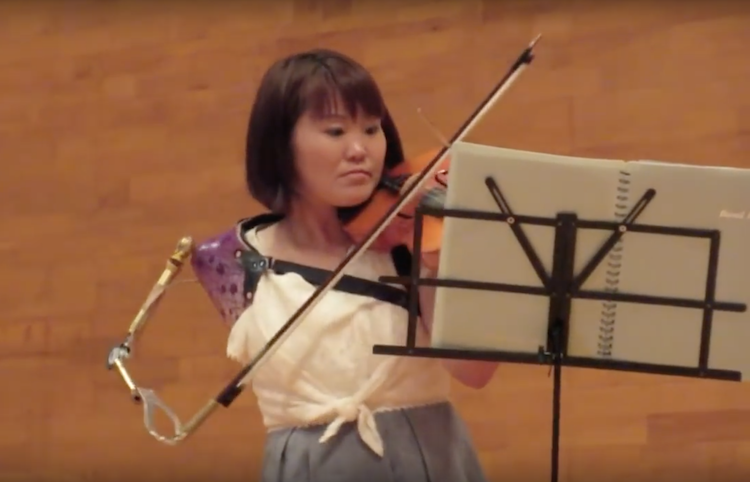
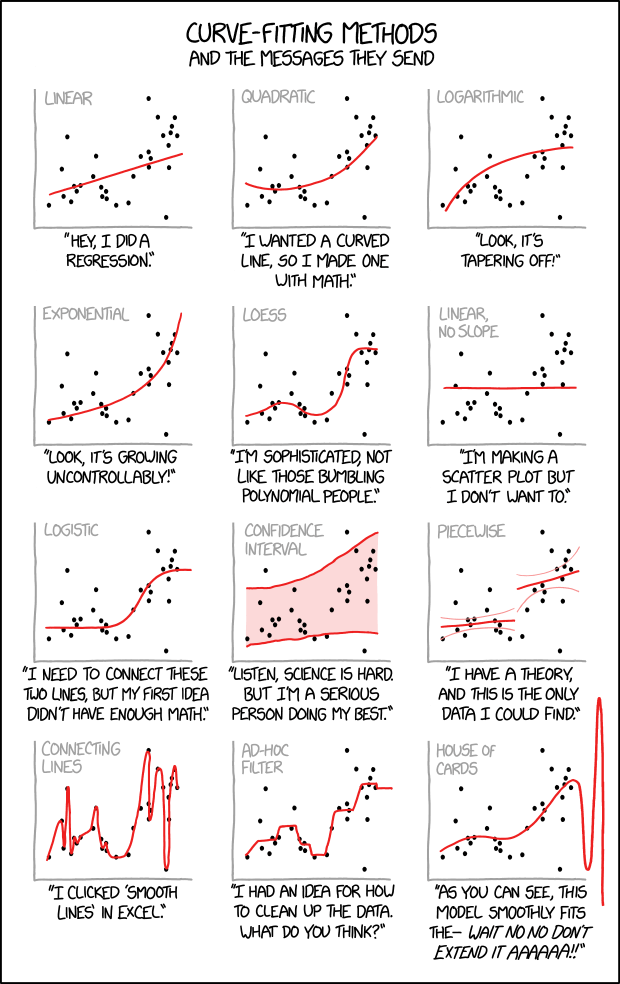

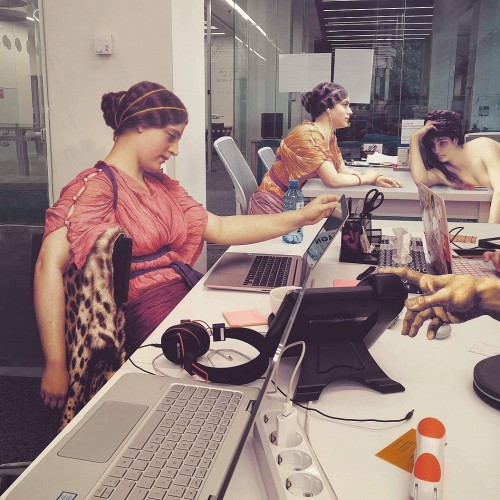


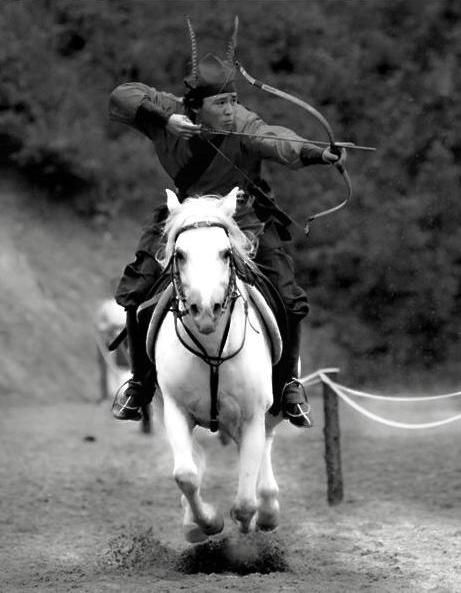


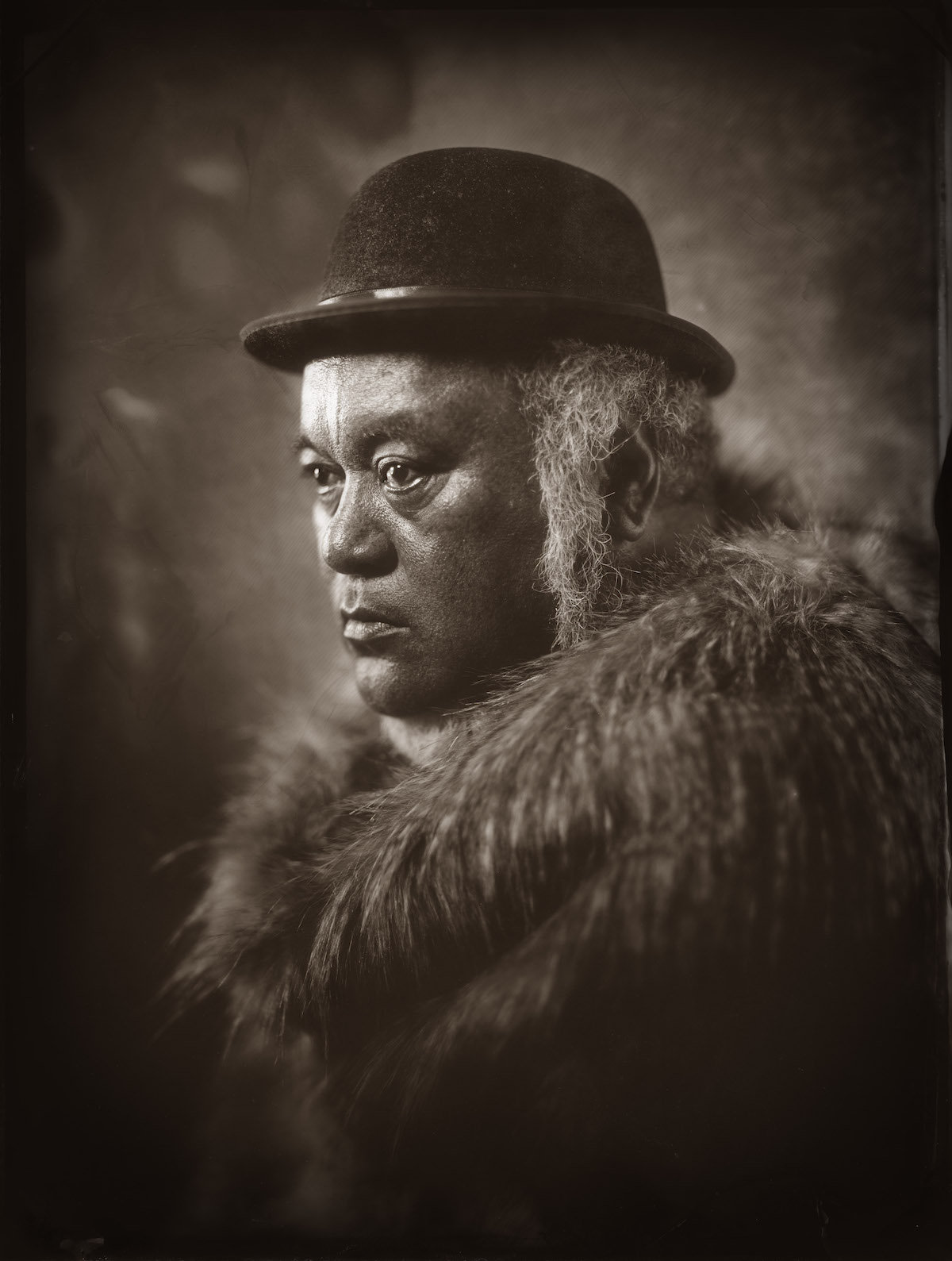

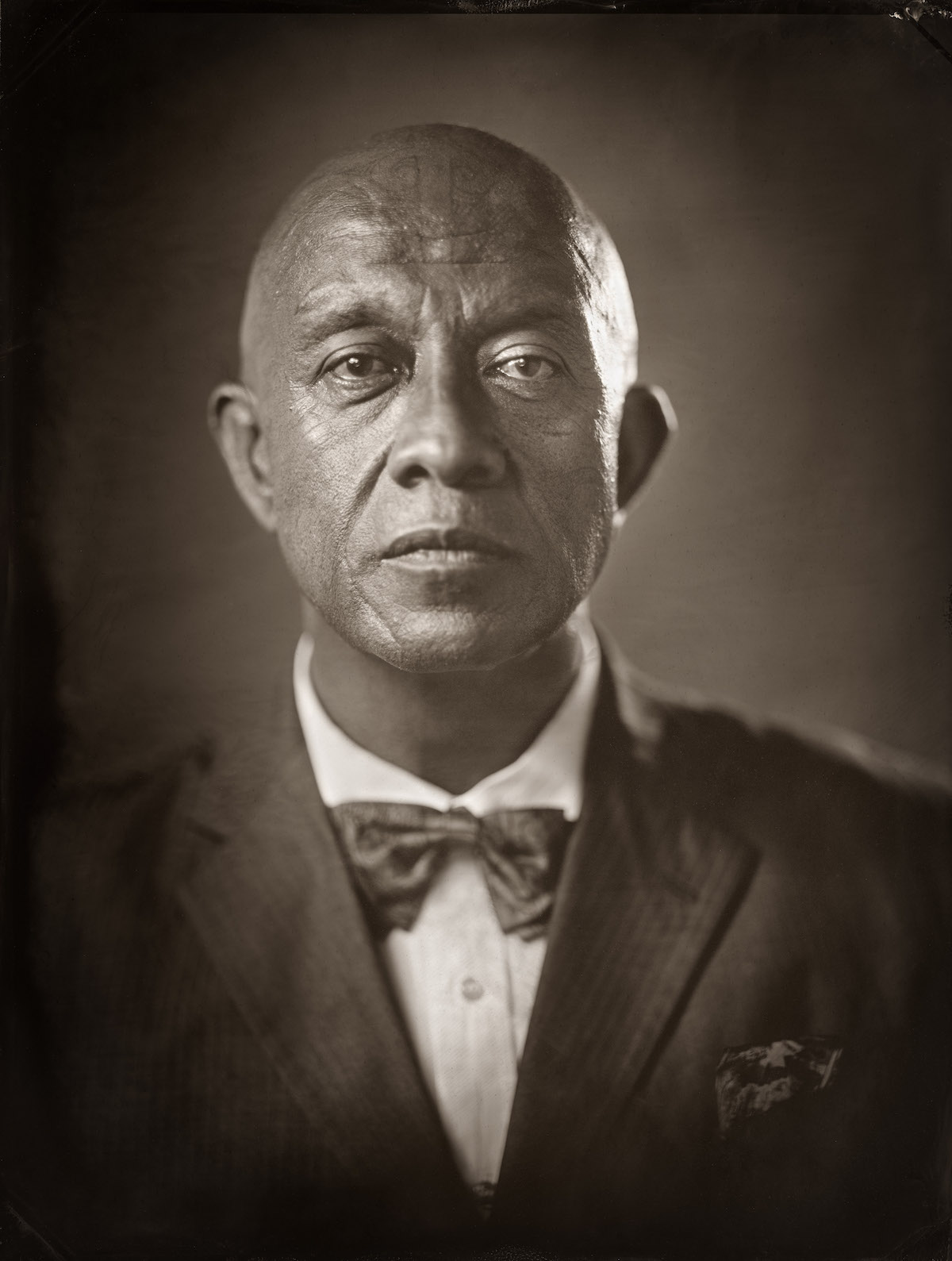

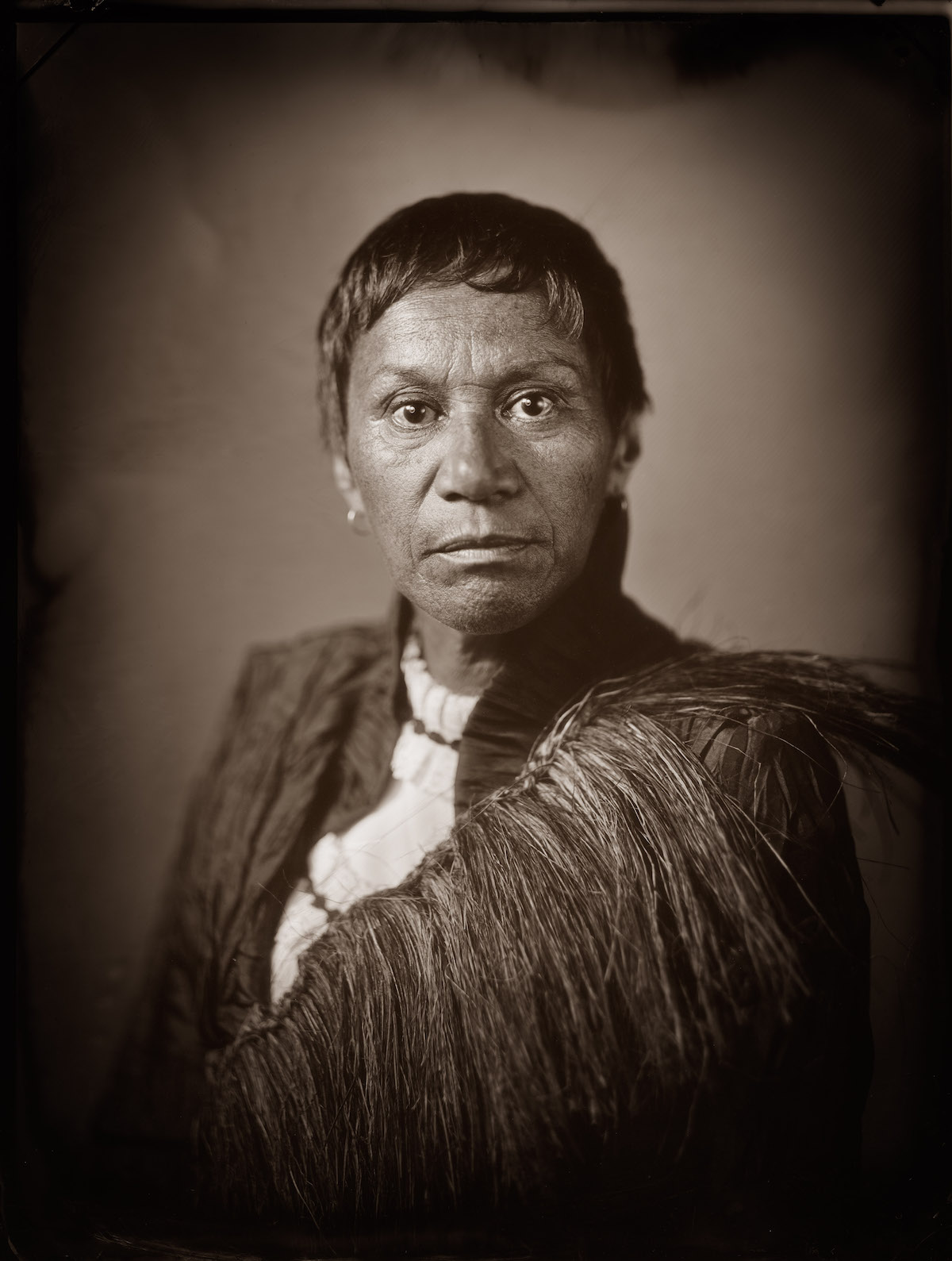

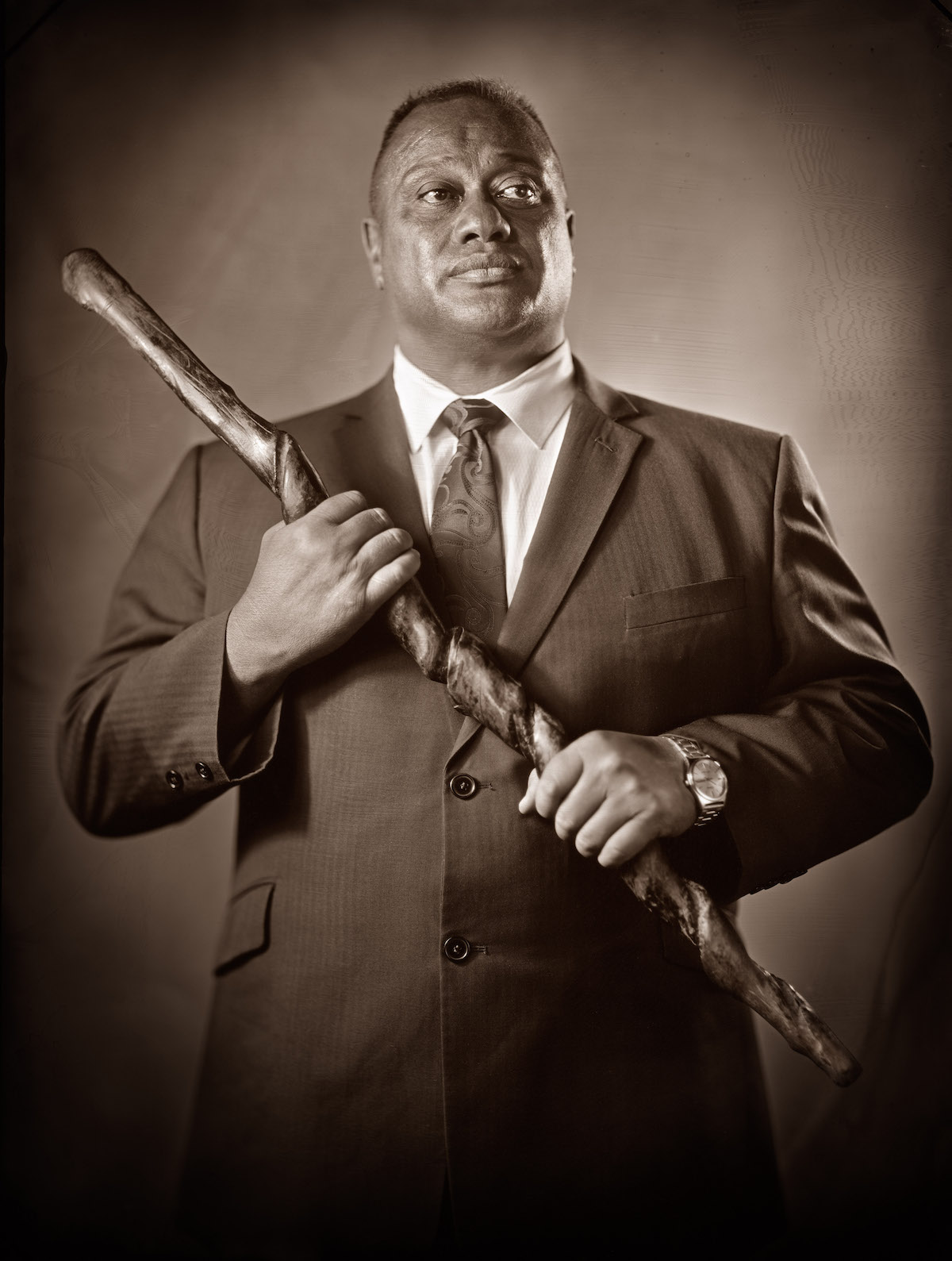



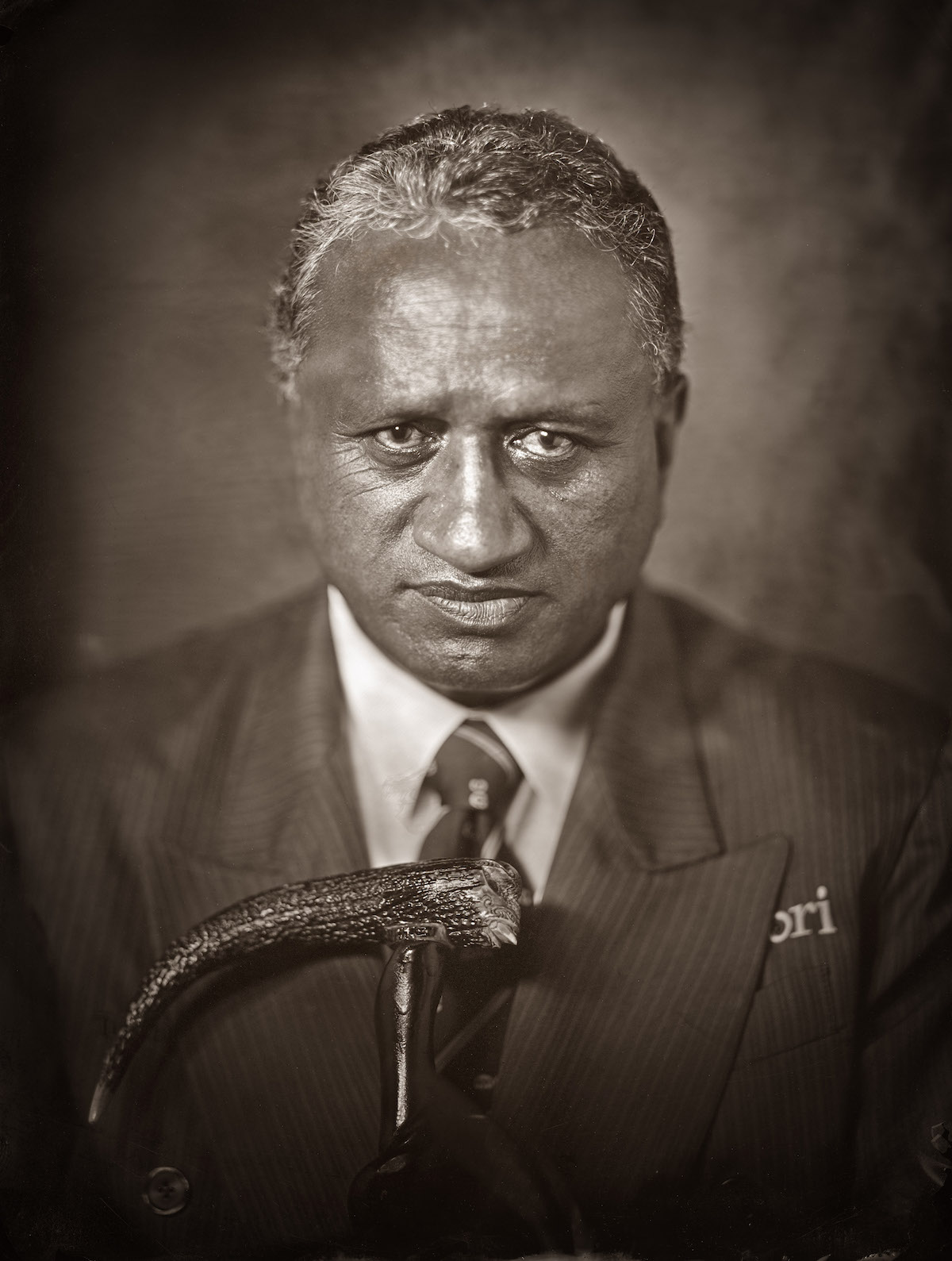


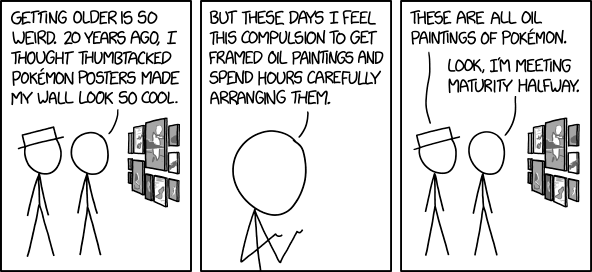

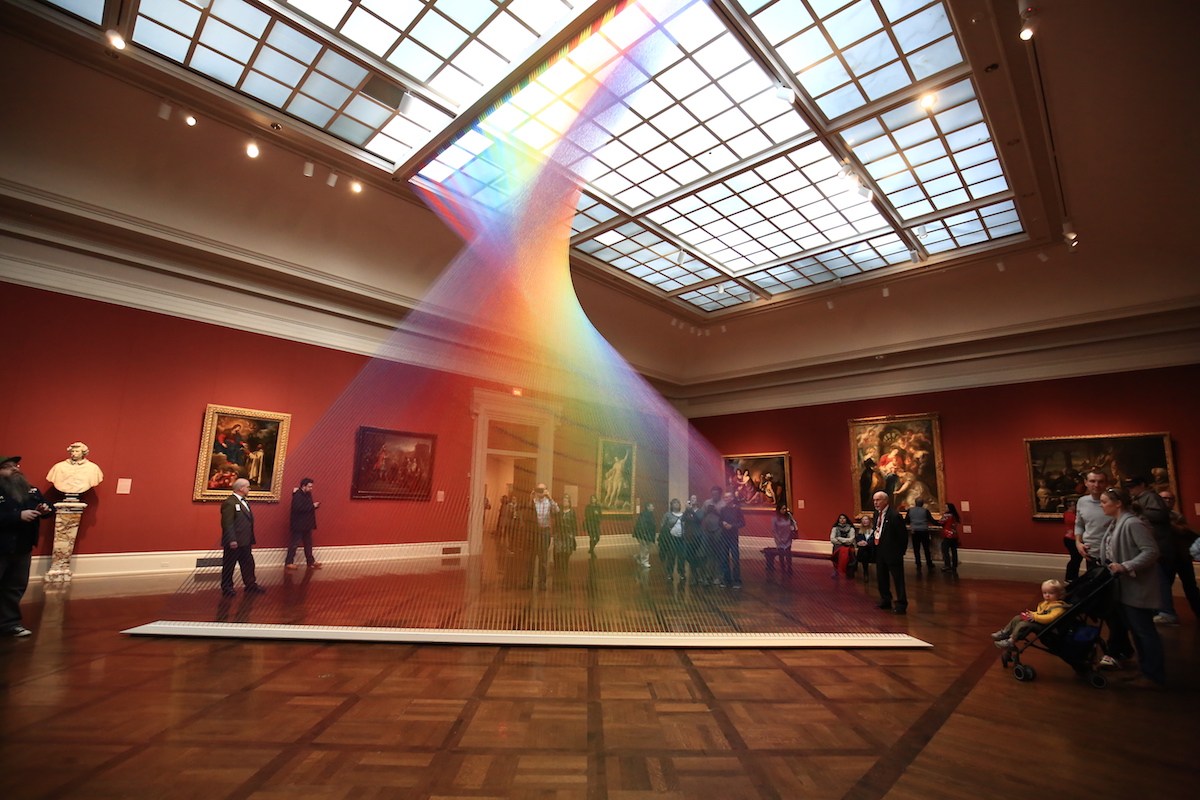














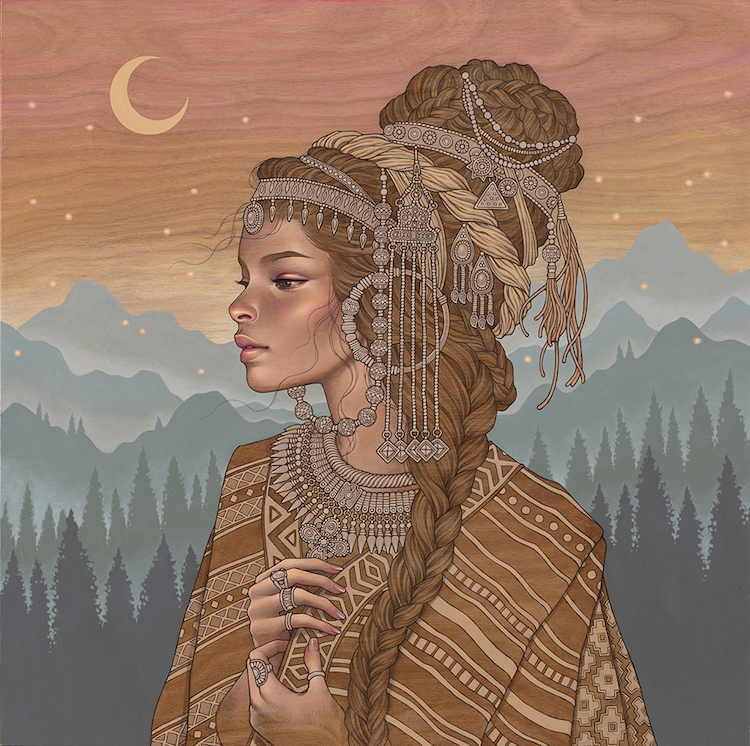
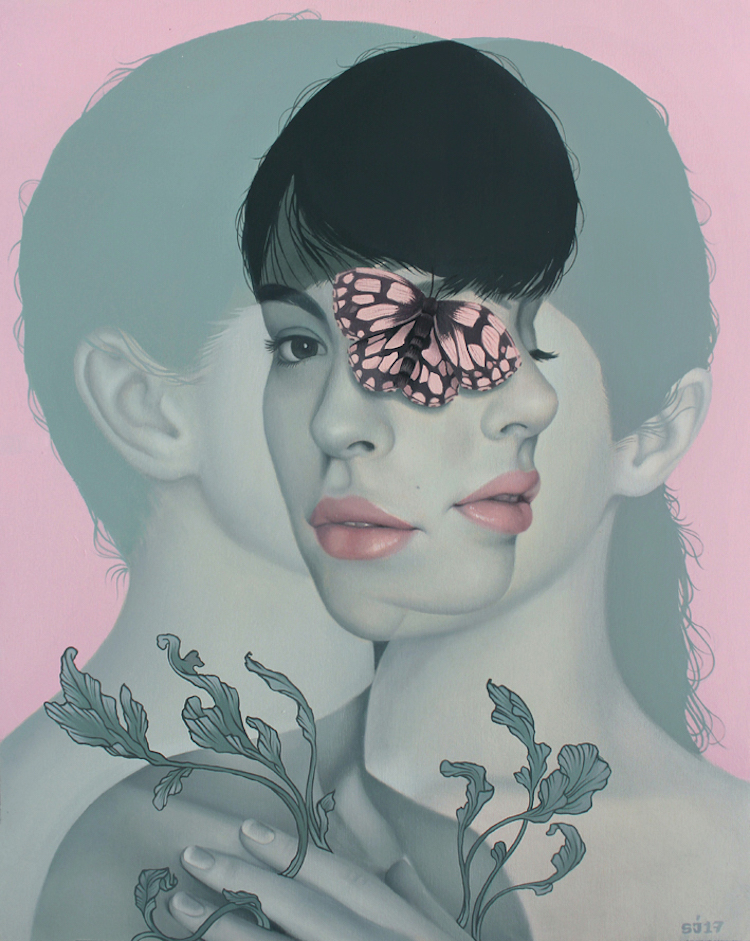

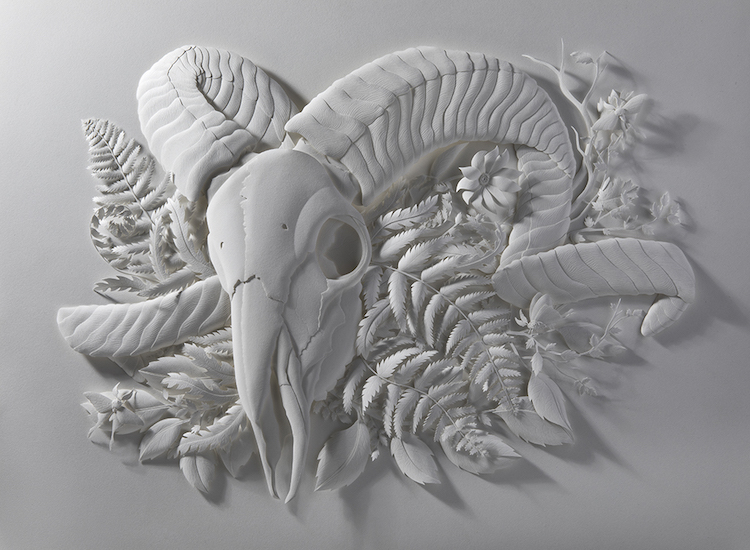
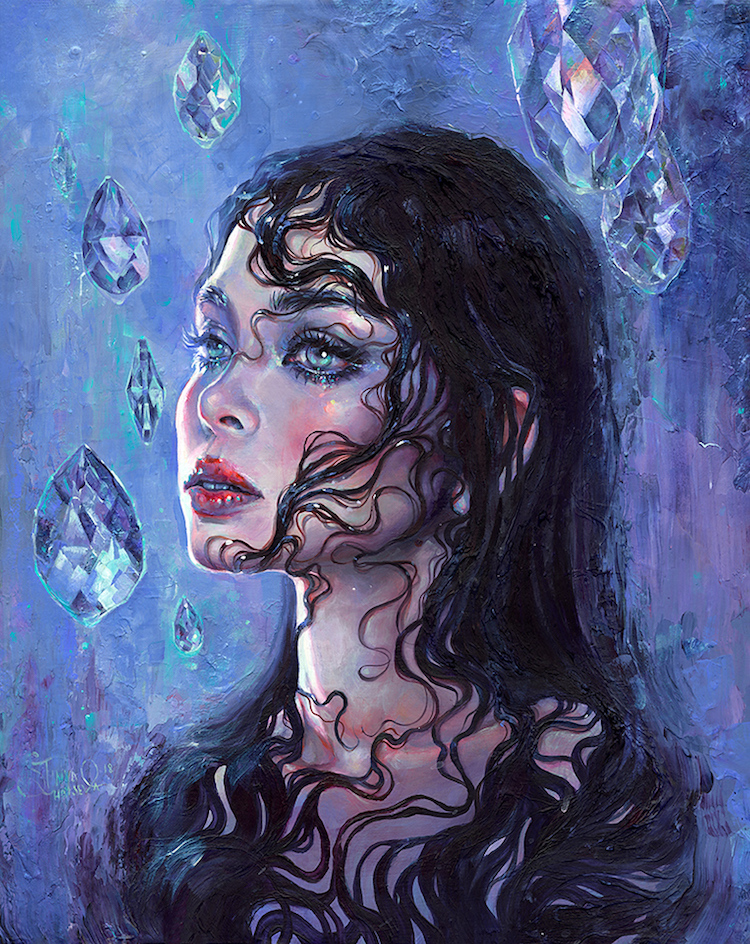
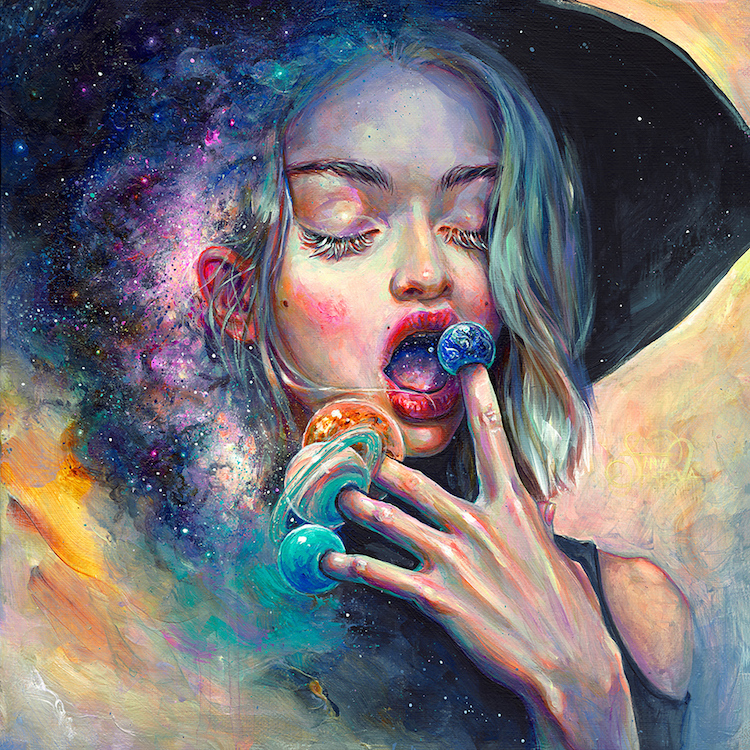
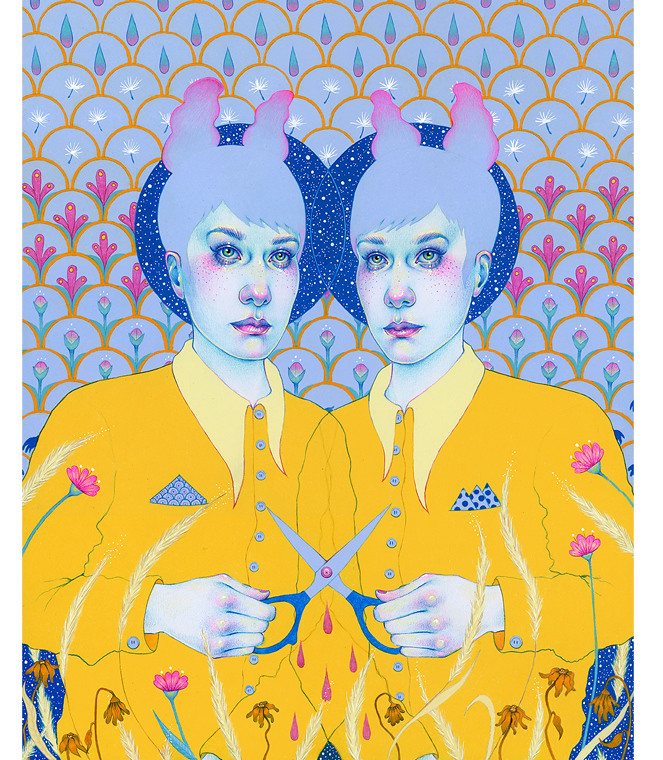
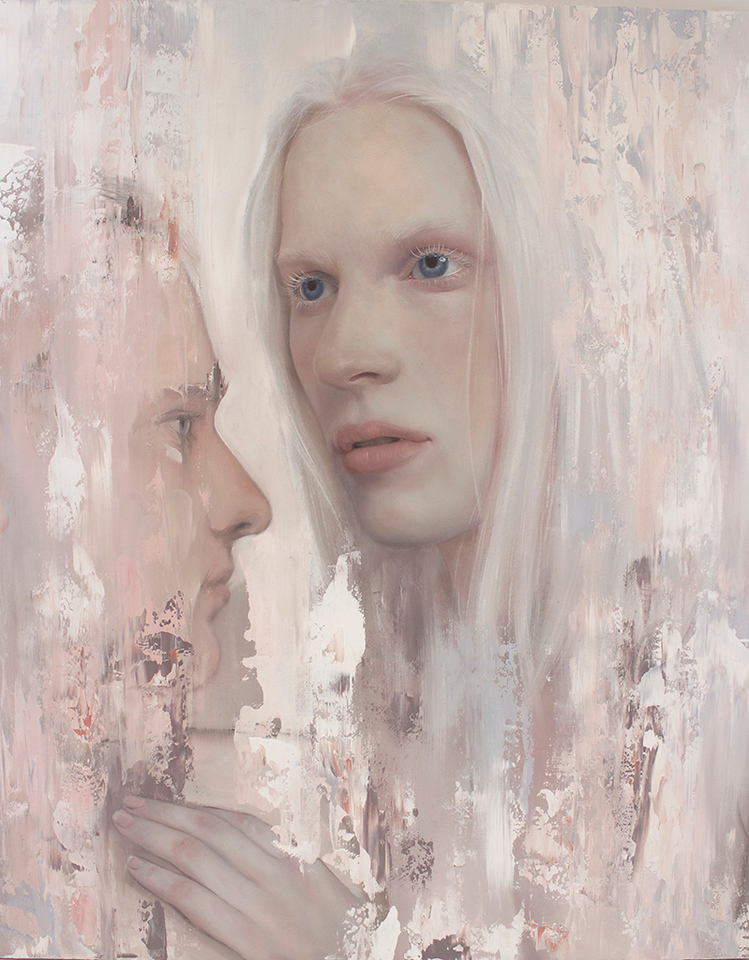
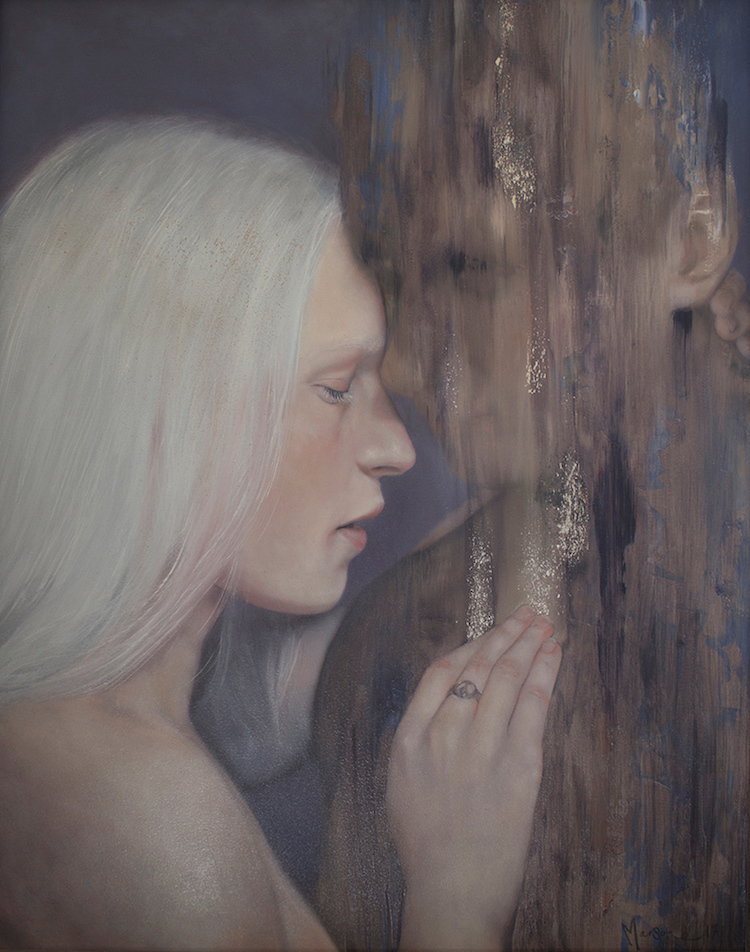
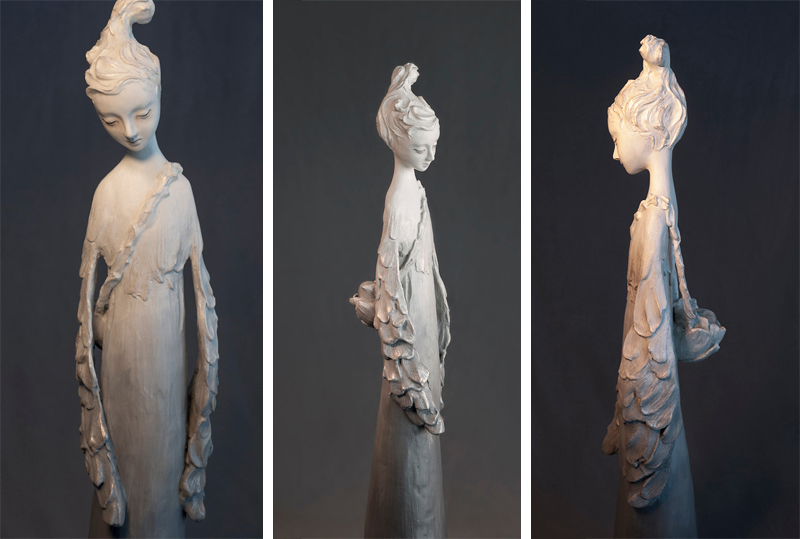
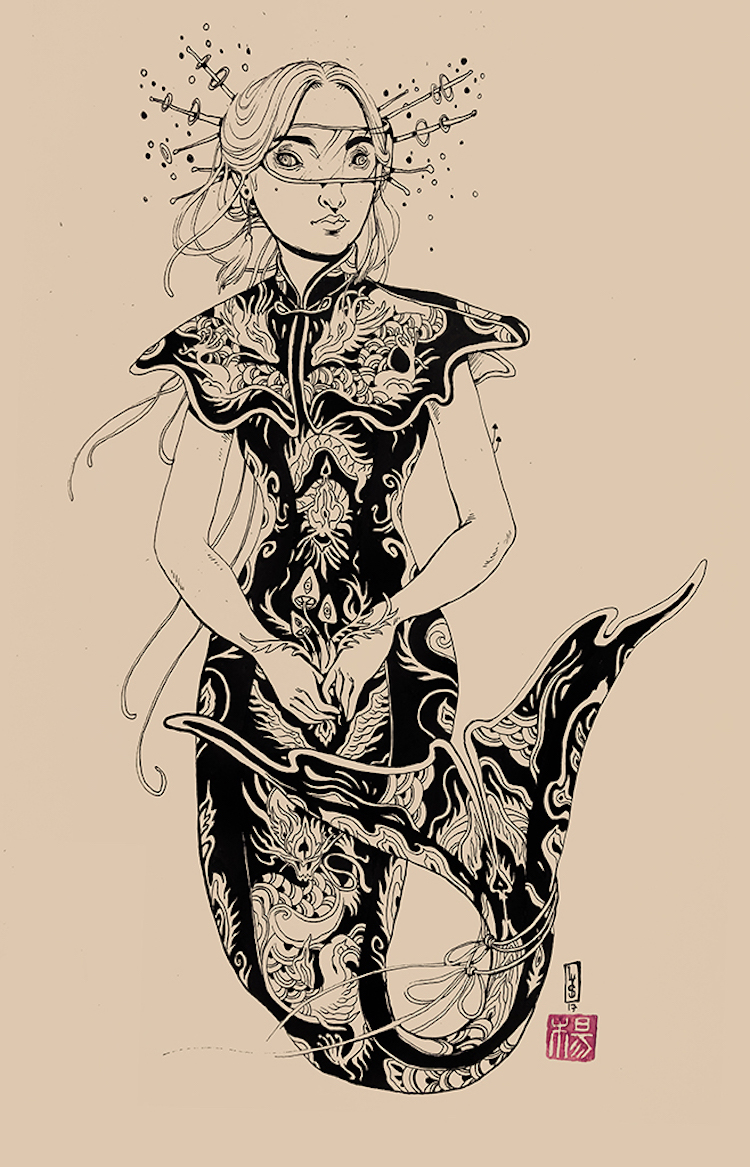
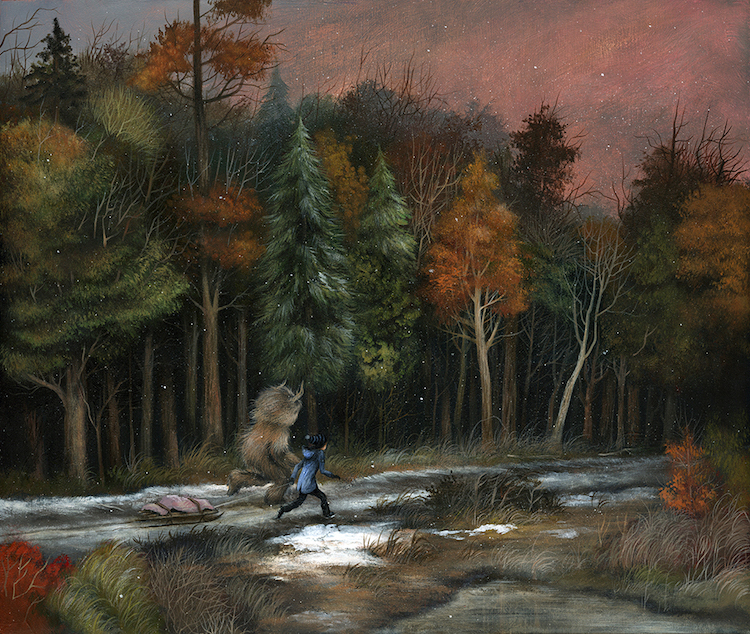
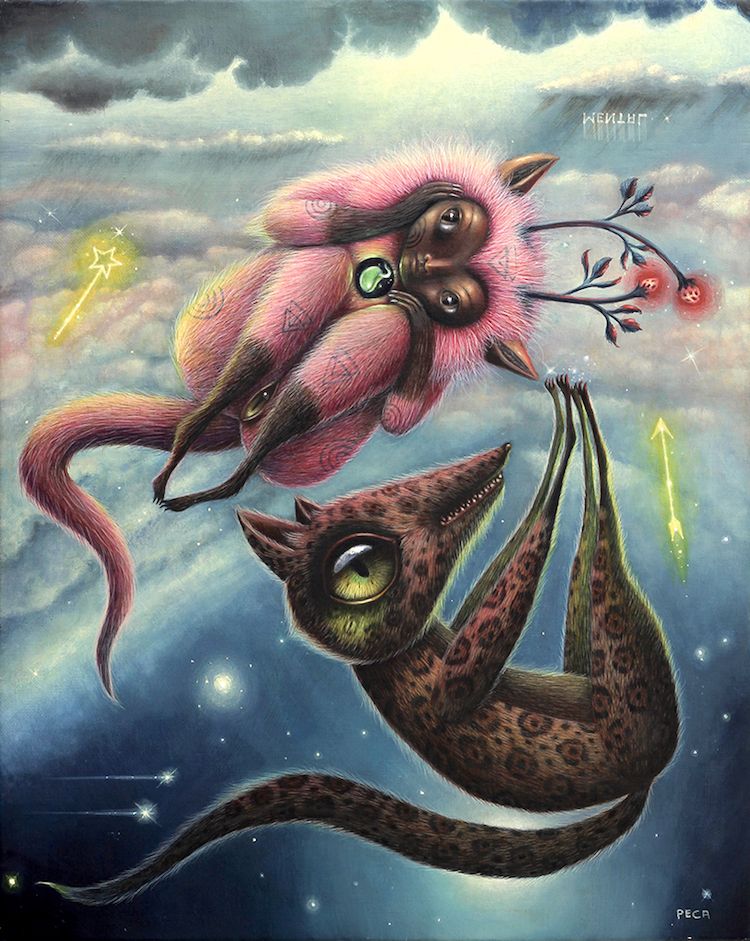
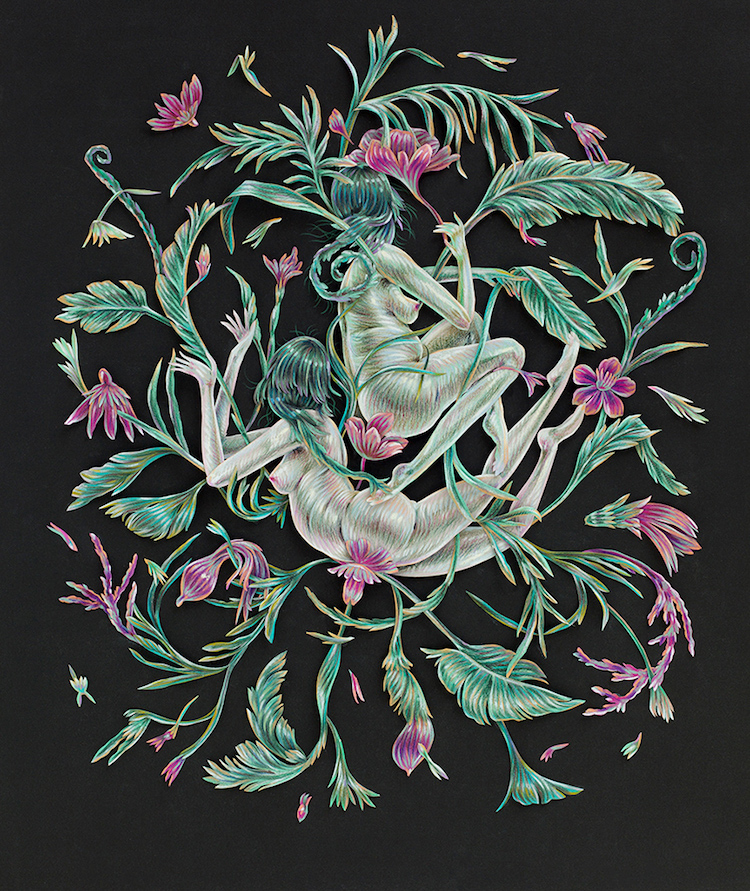
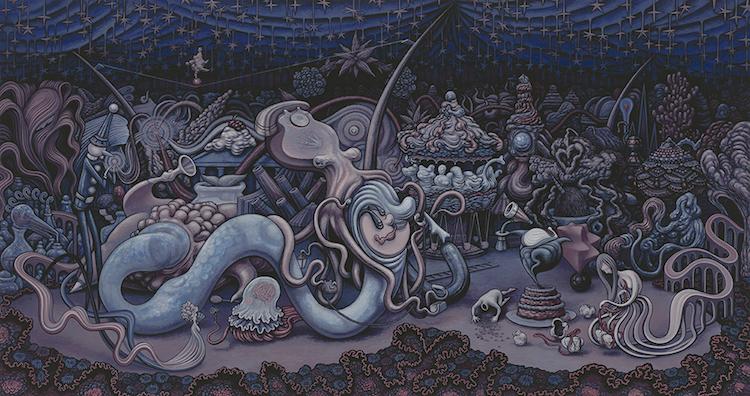
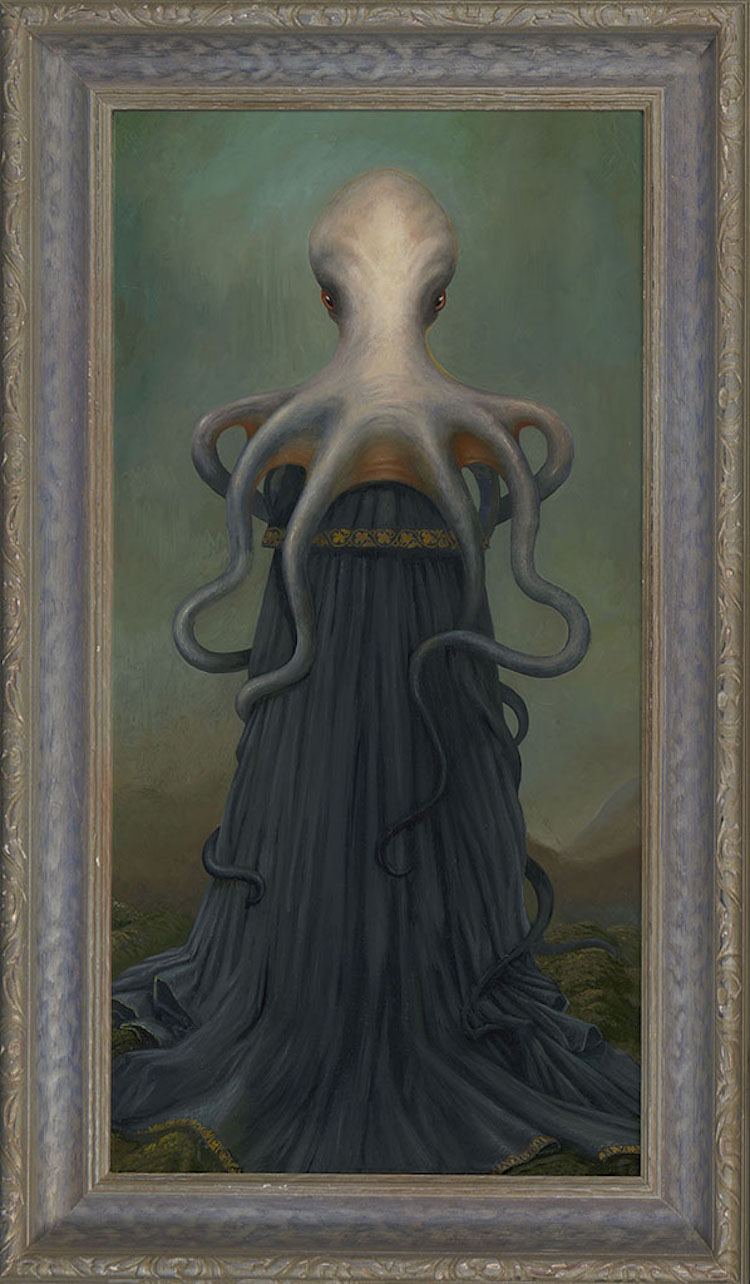
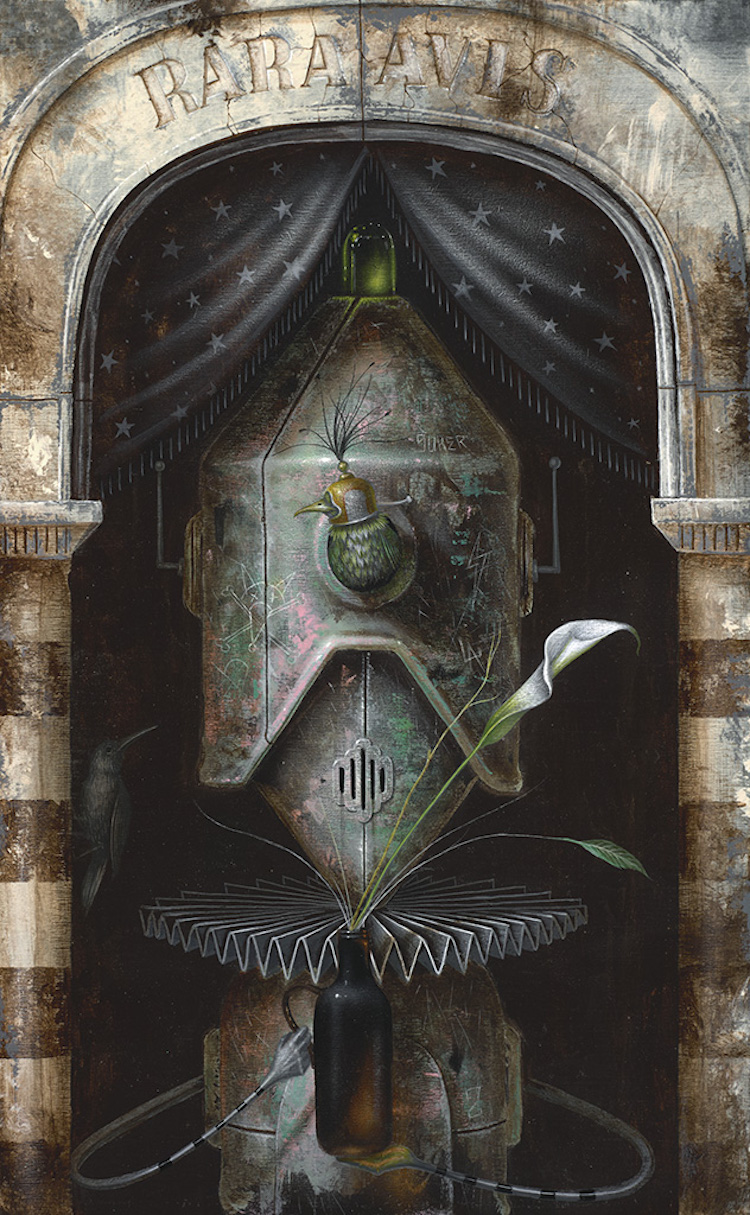



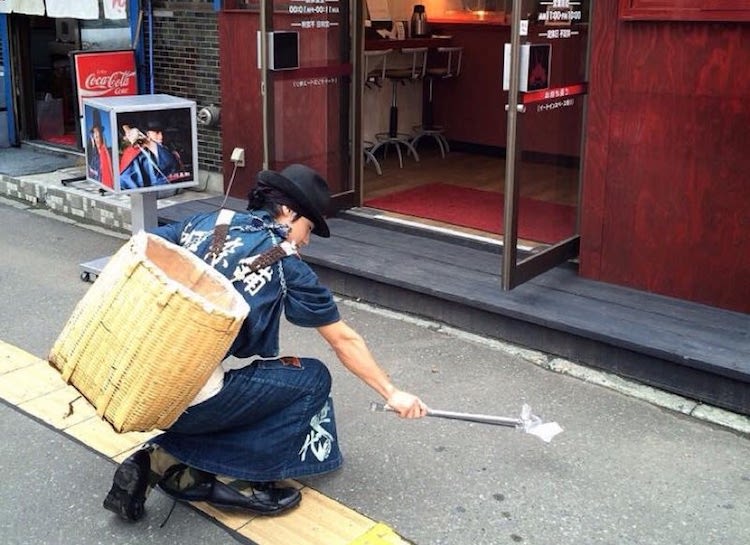
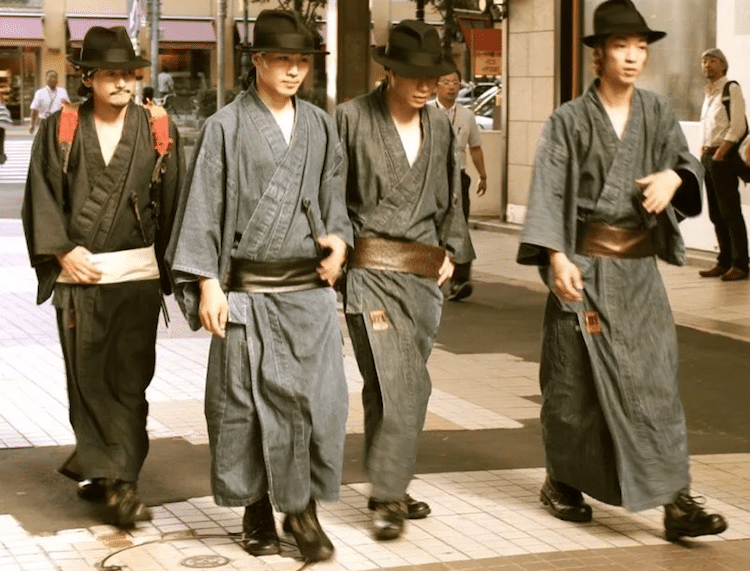
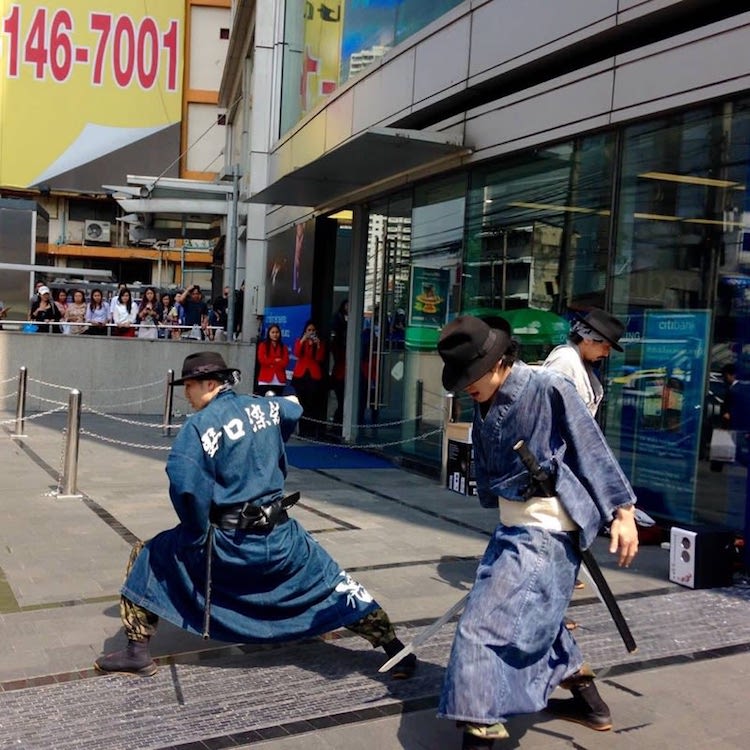
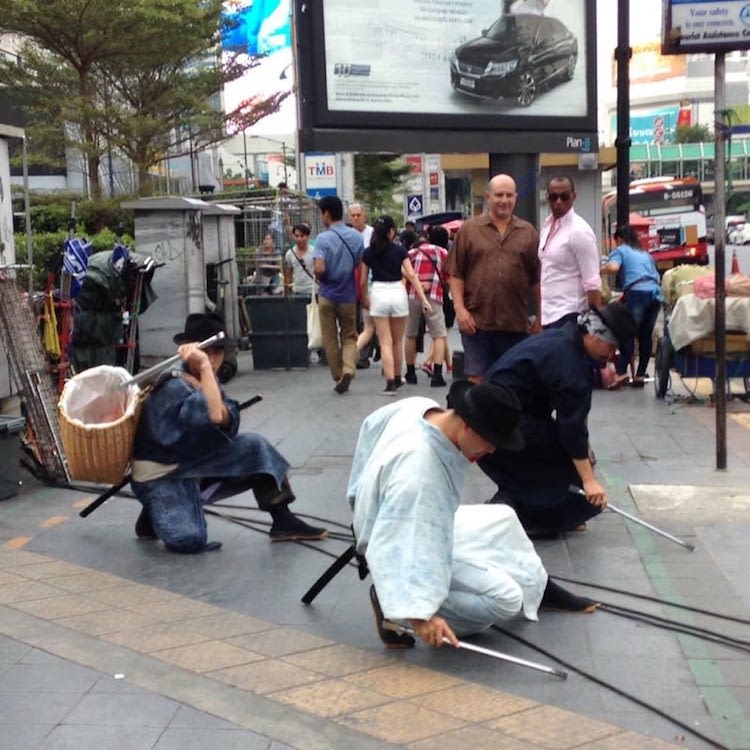
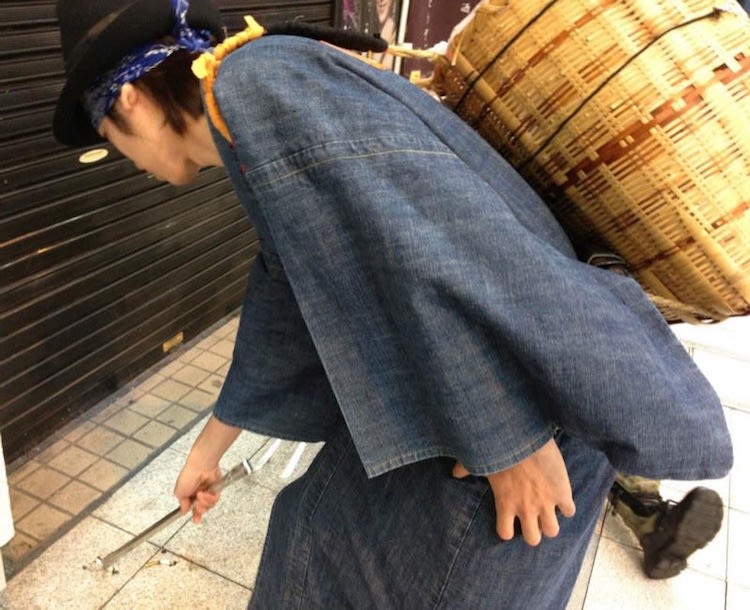
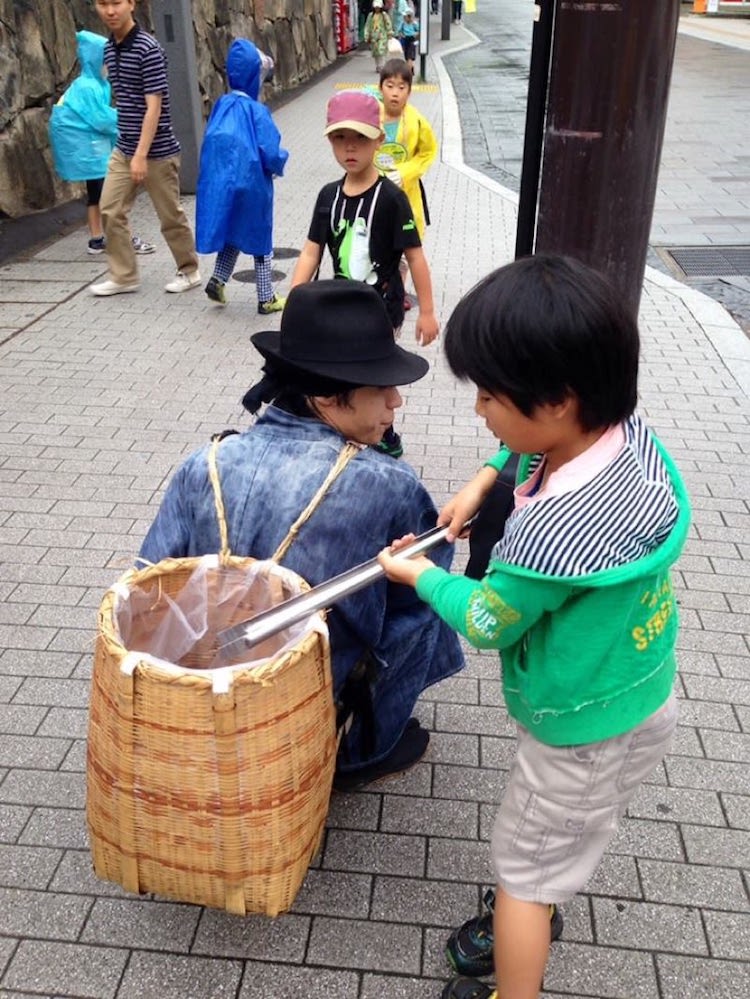
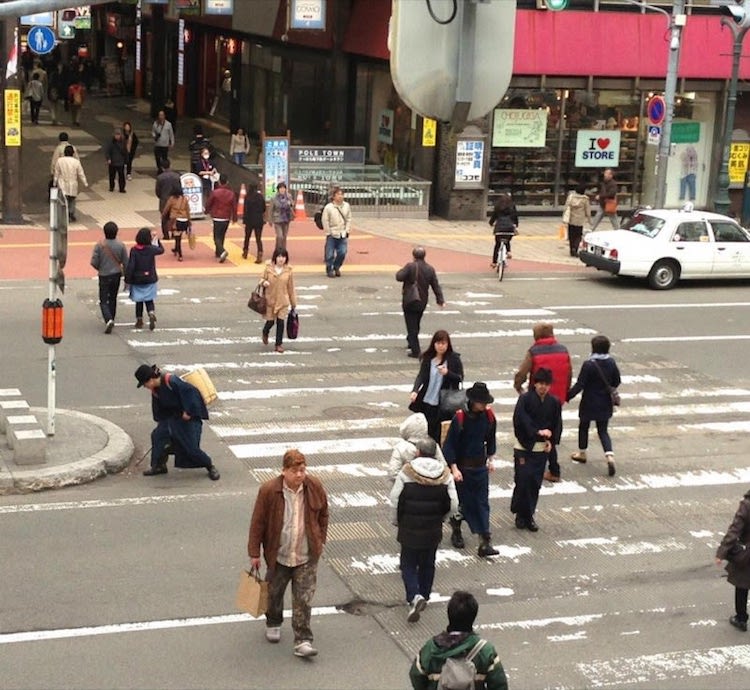
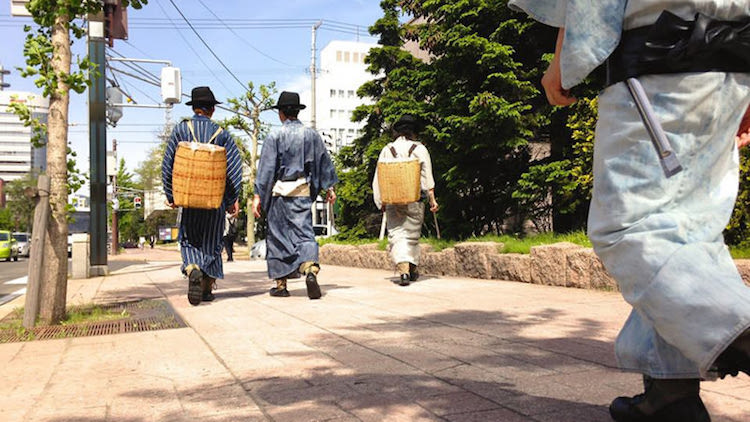
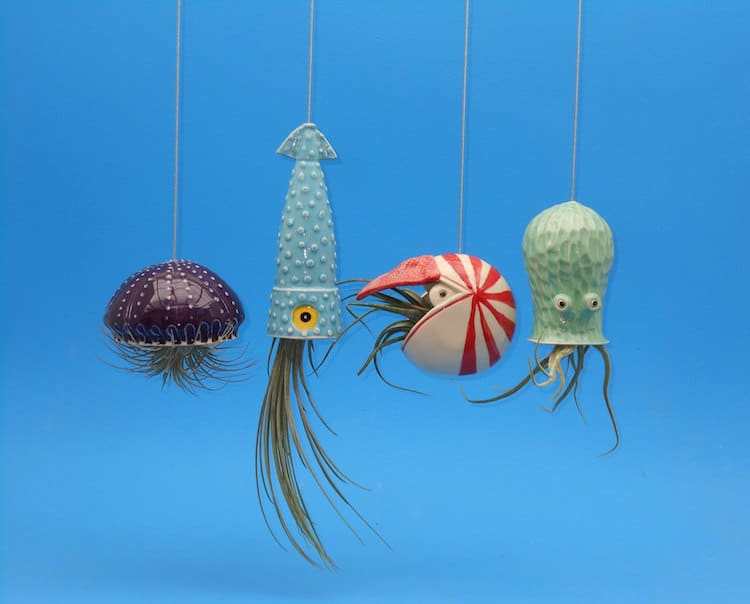
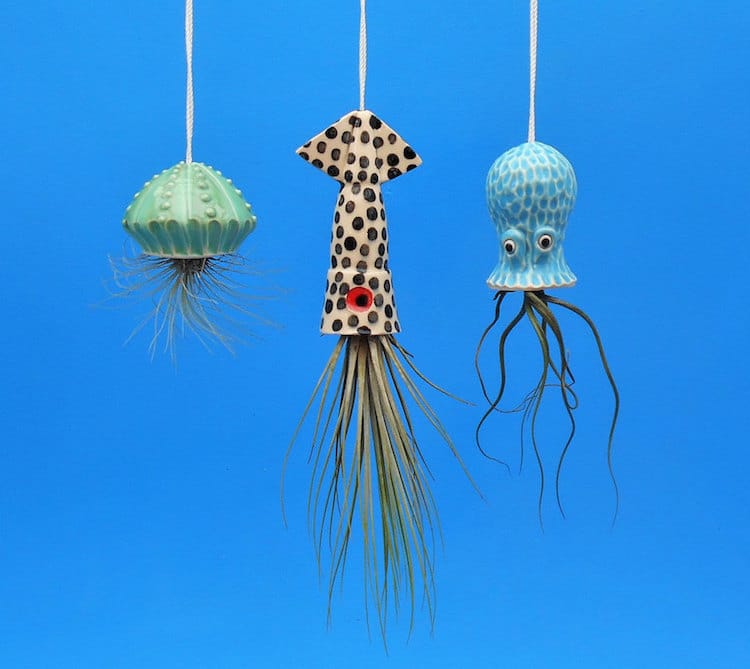
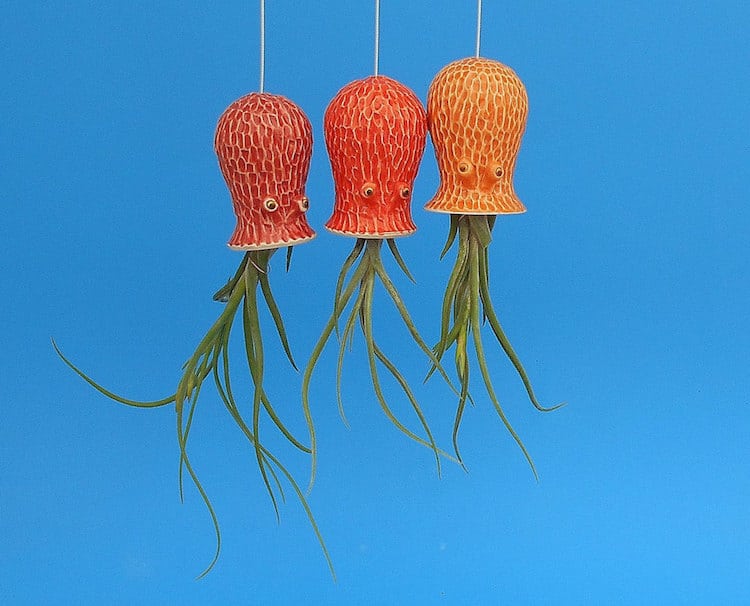
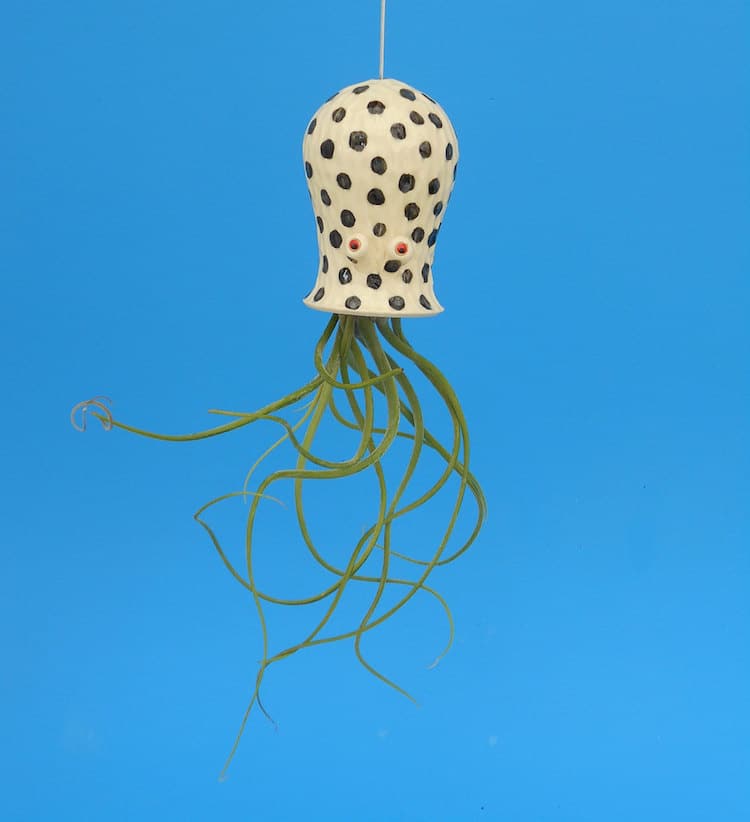
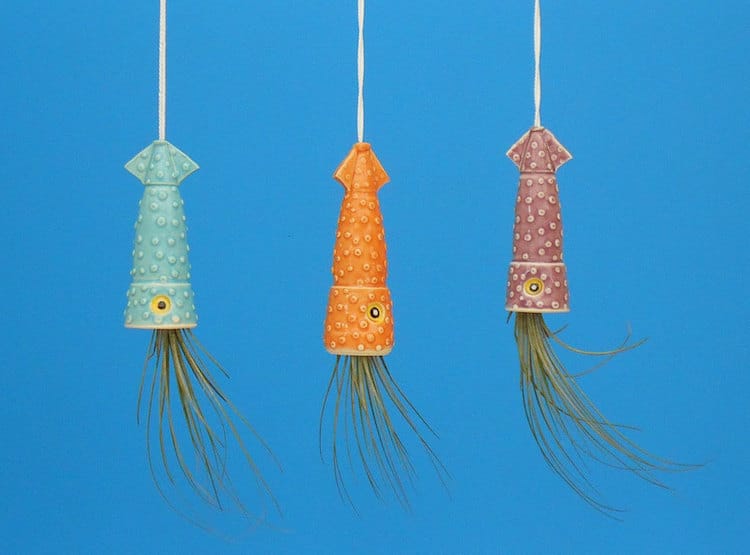
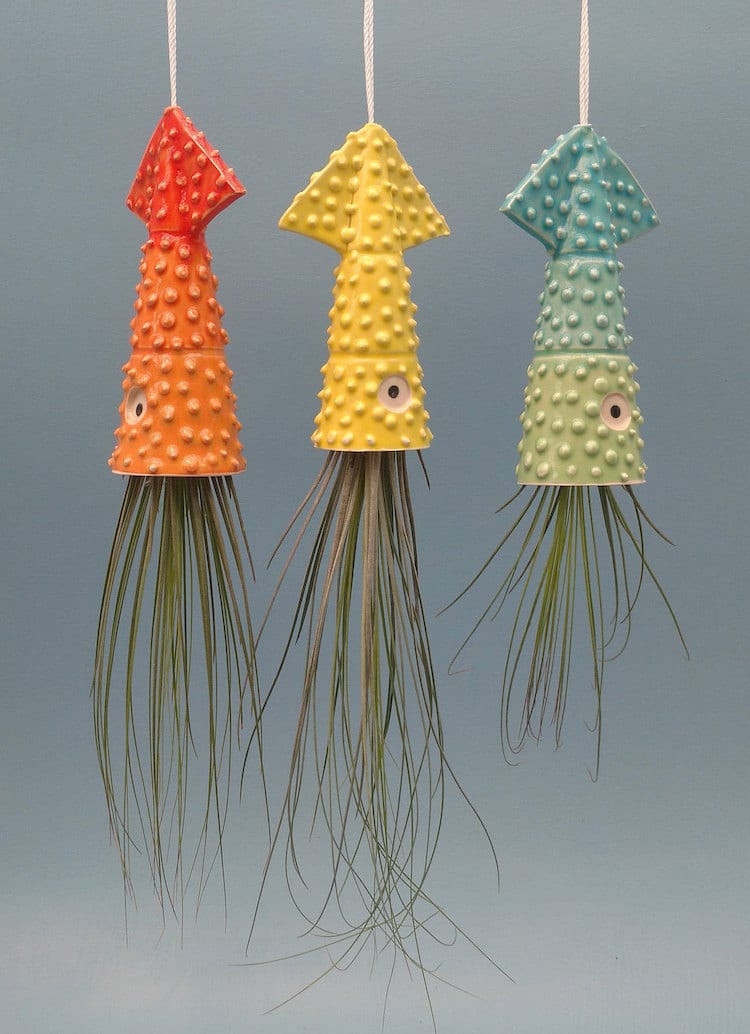
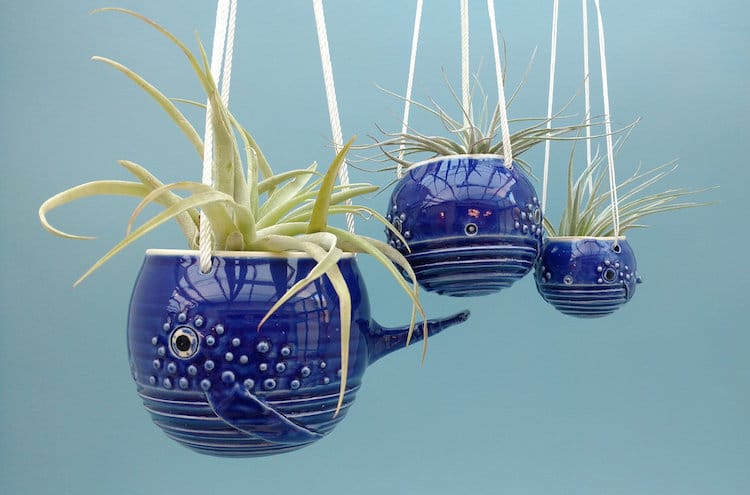
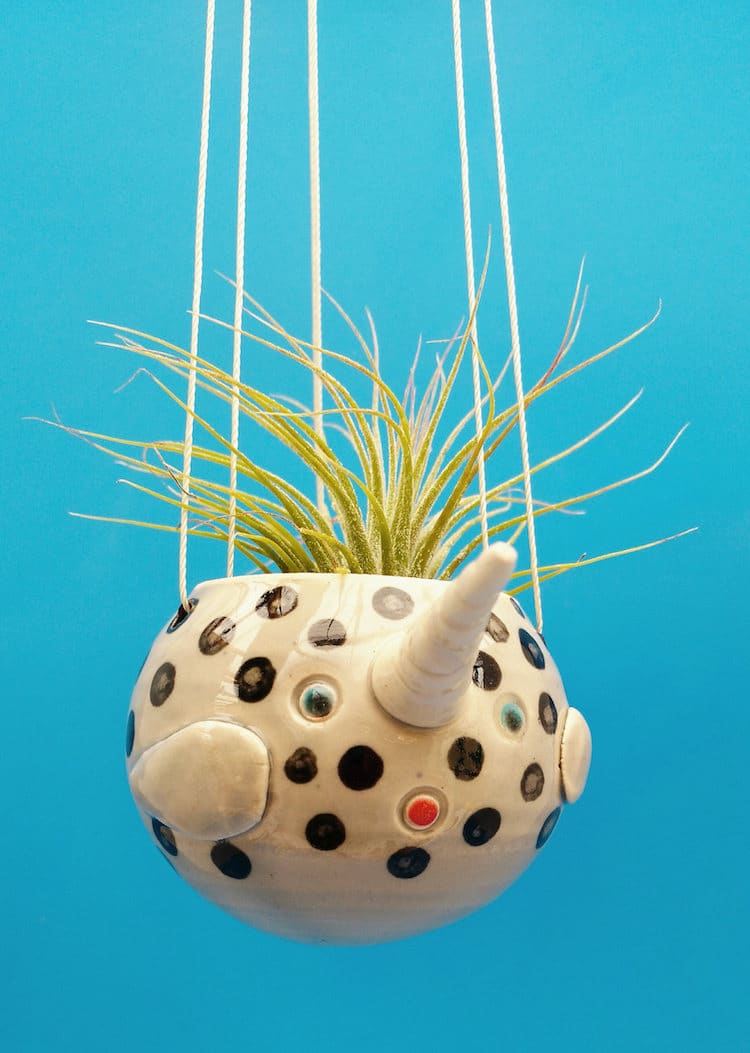
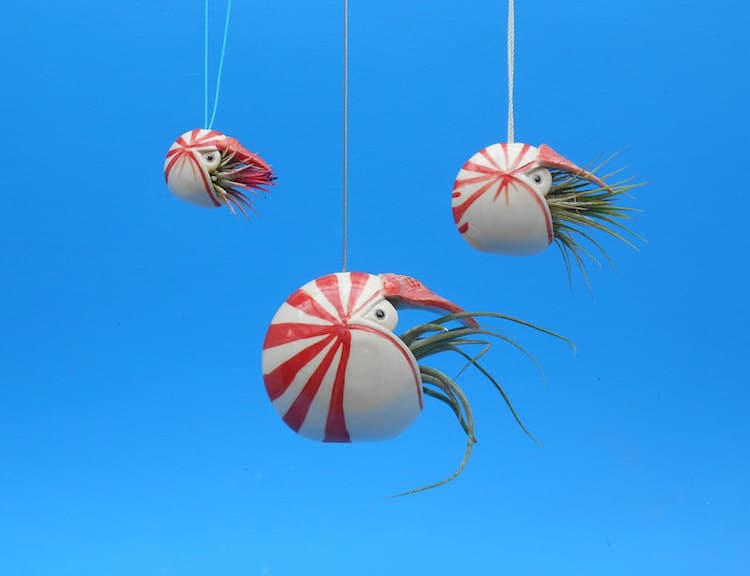
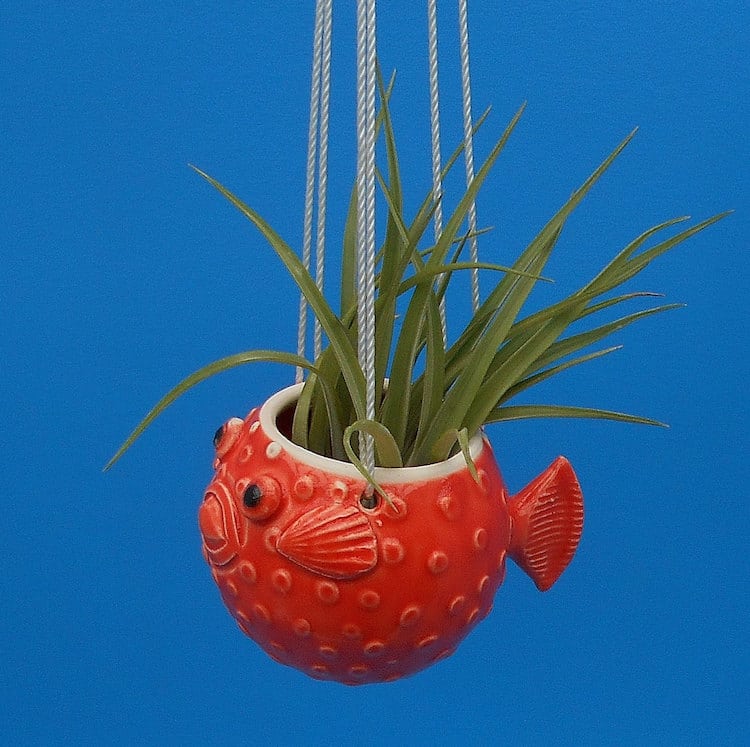
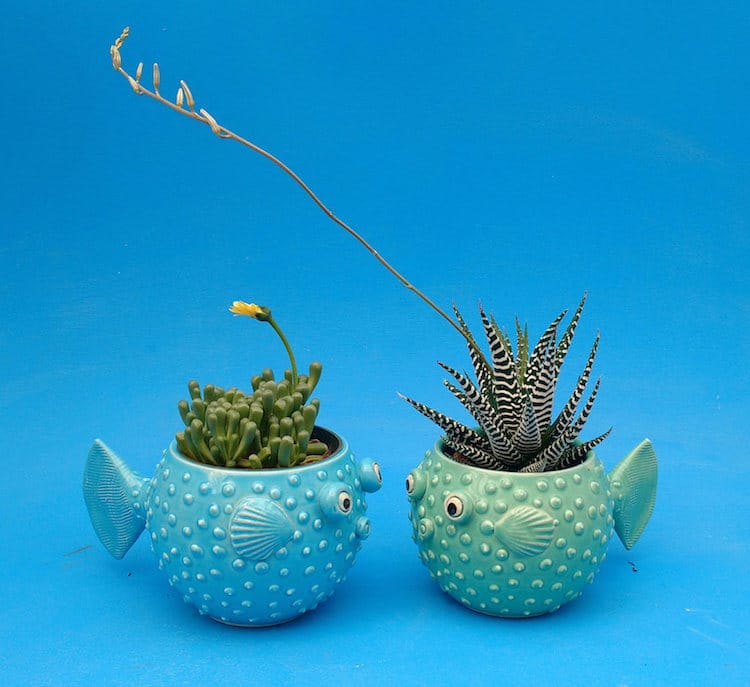
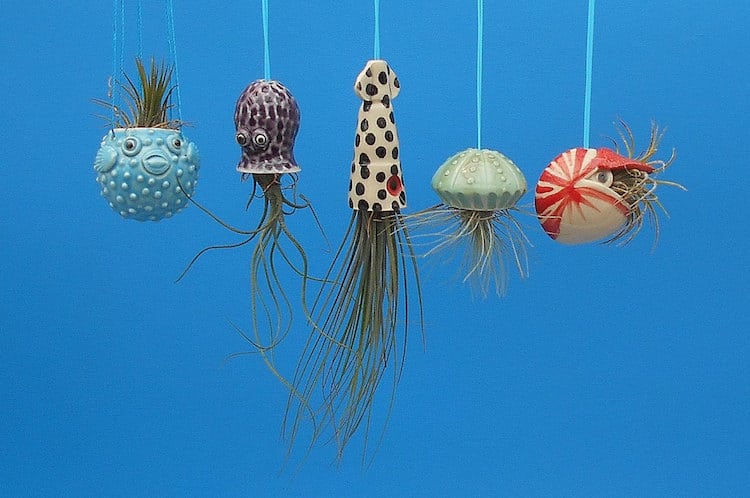 Cindy Searles:
Cindy Searles: 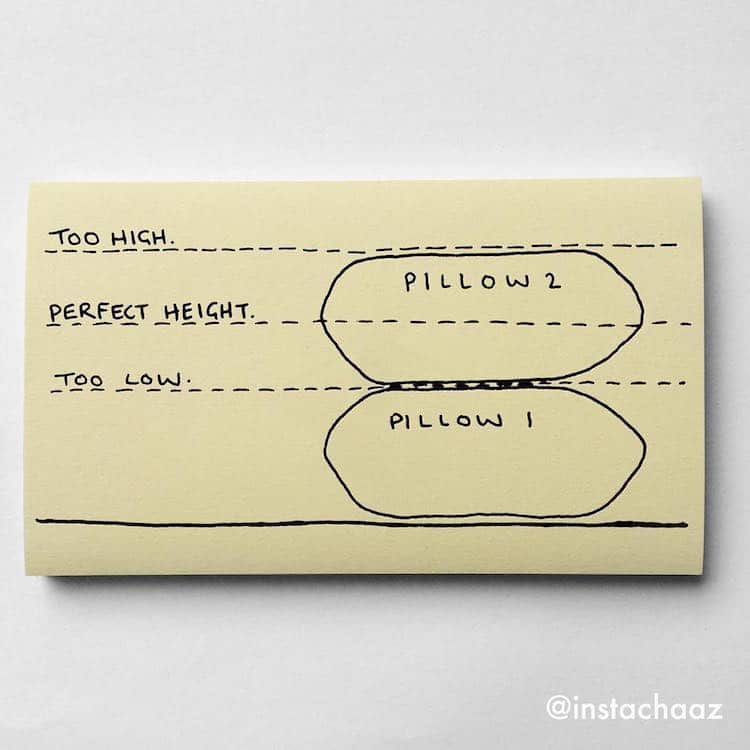
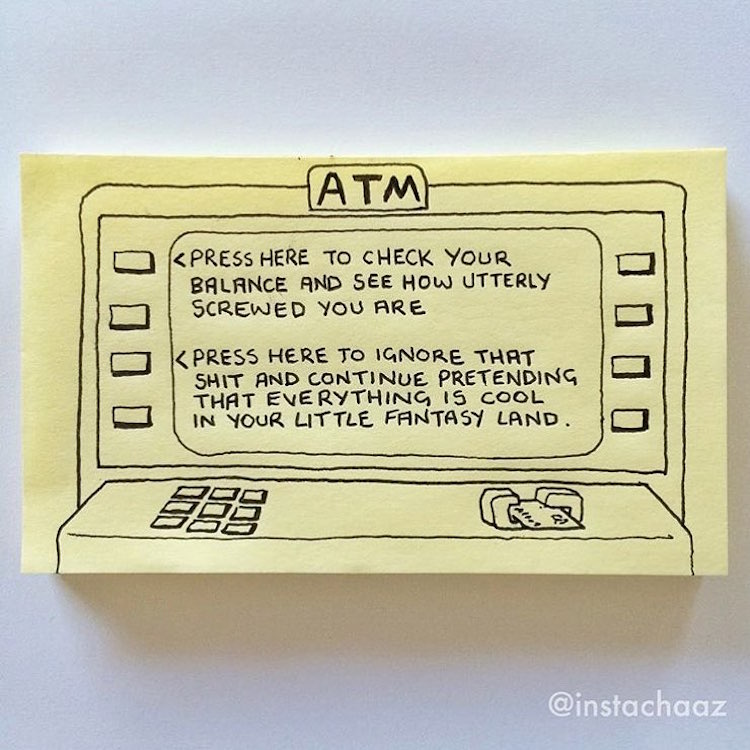

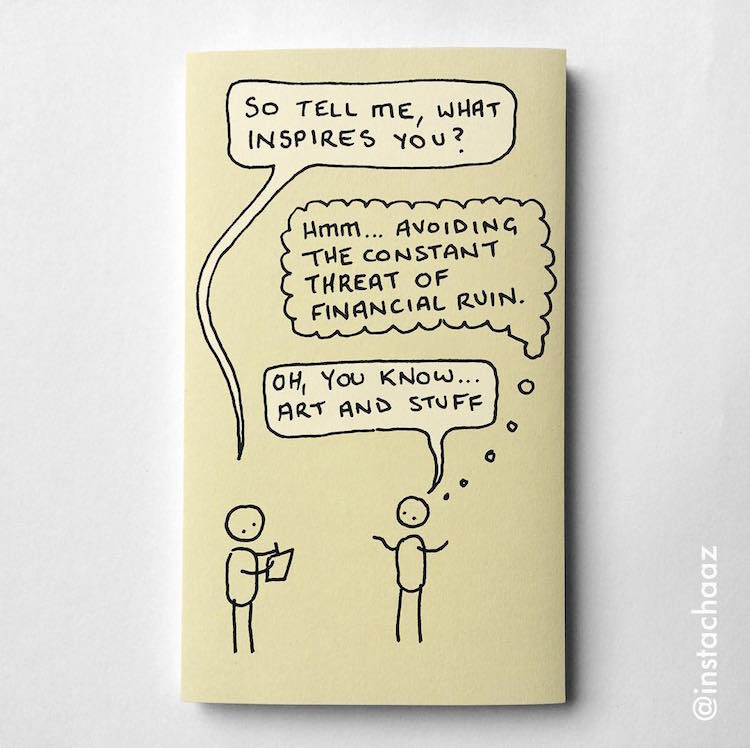


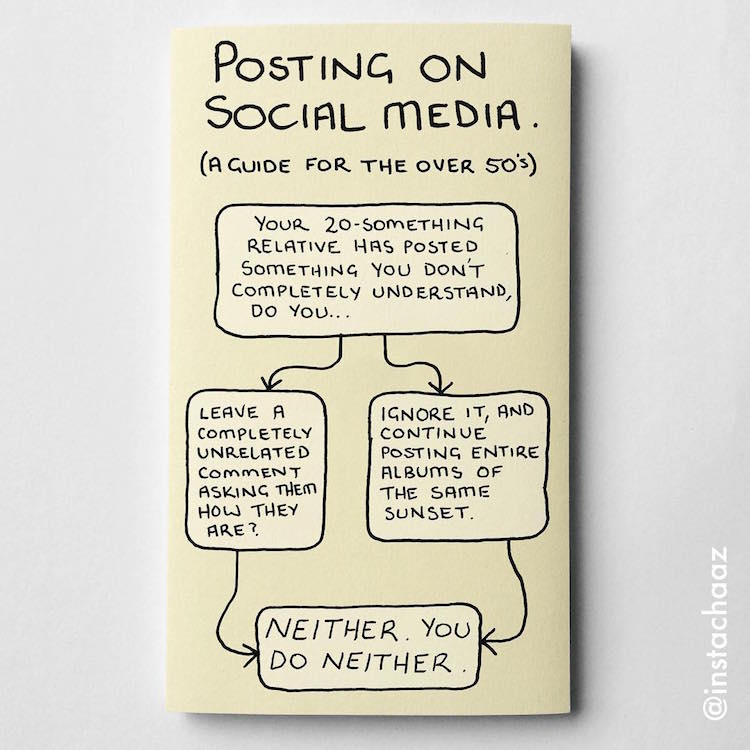

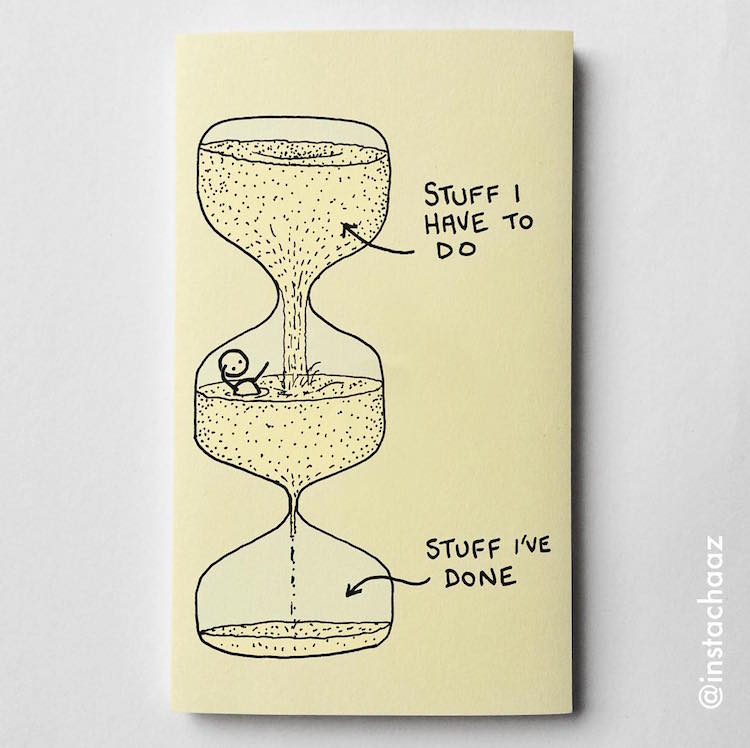

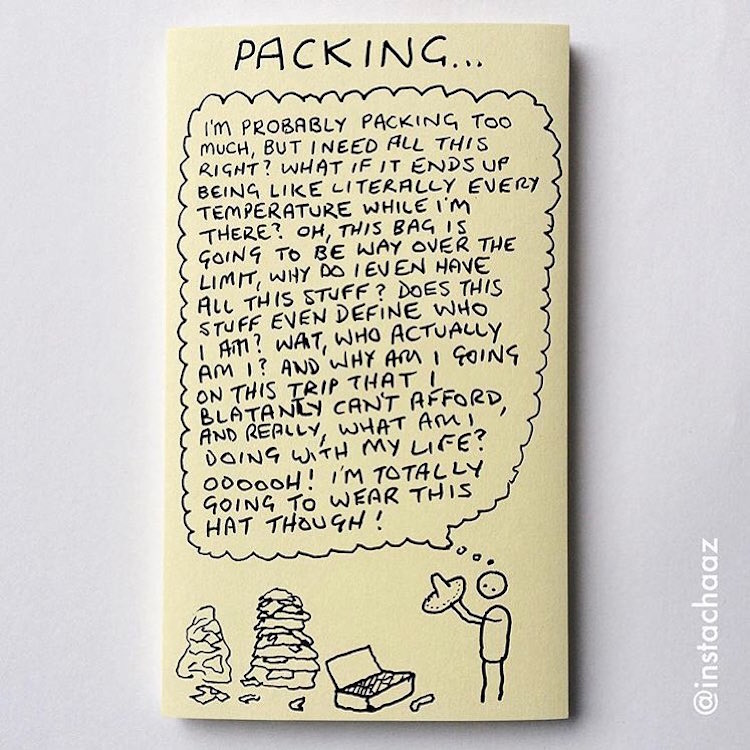

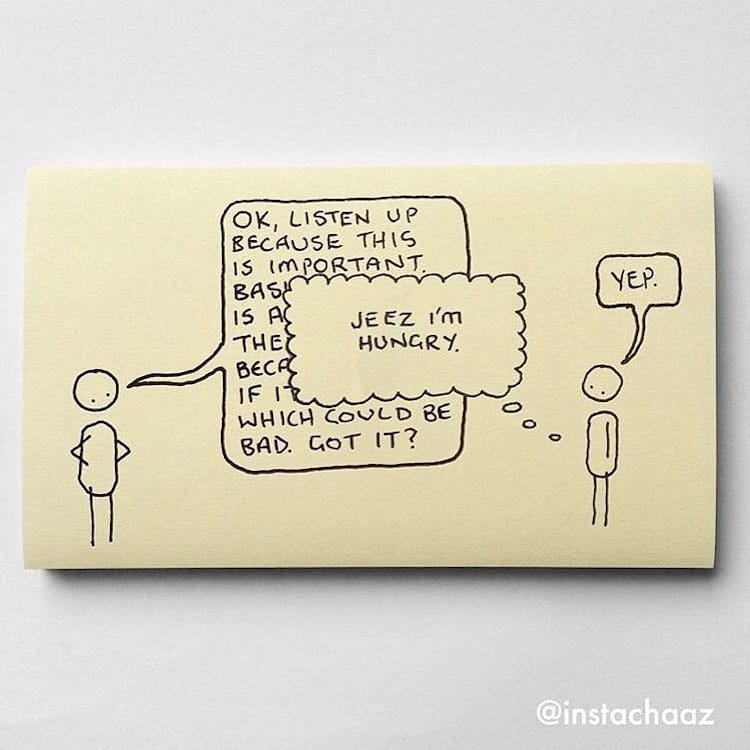
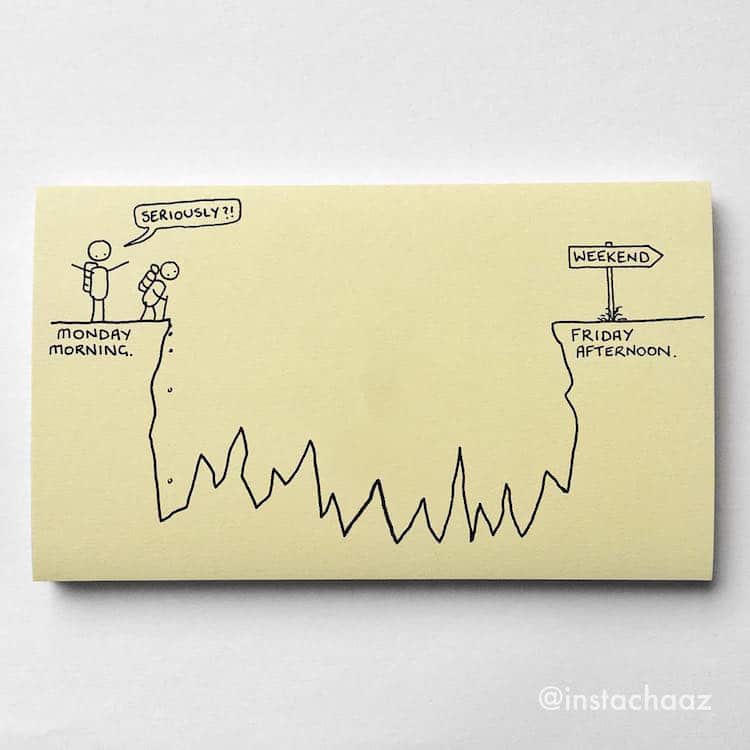

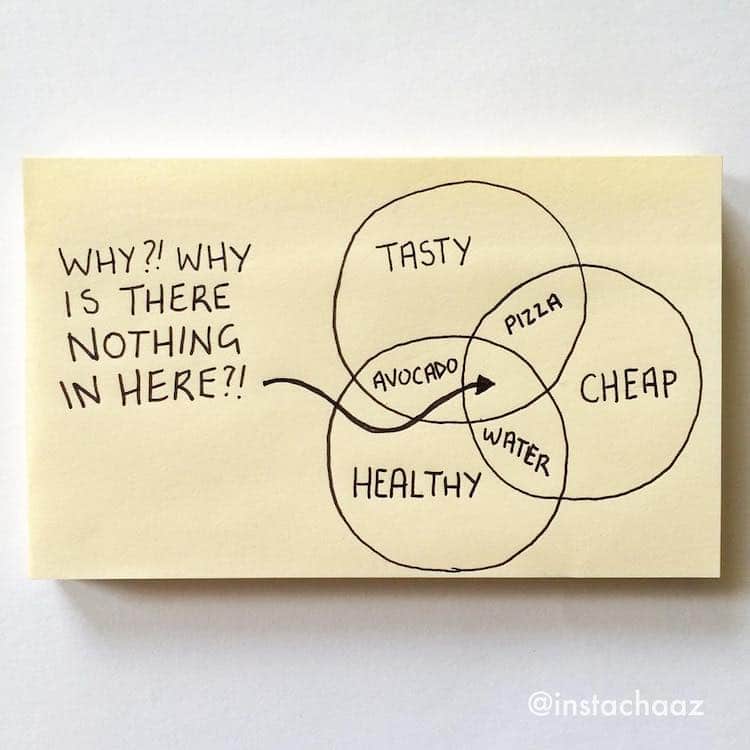
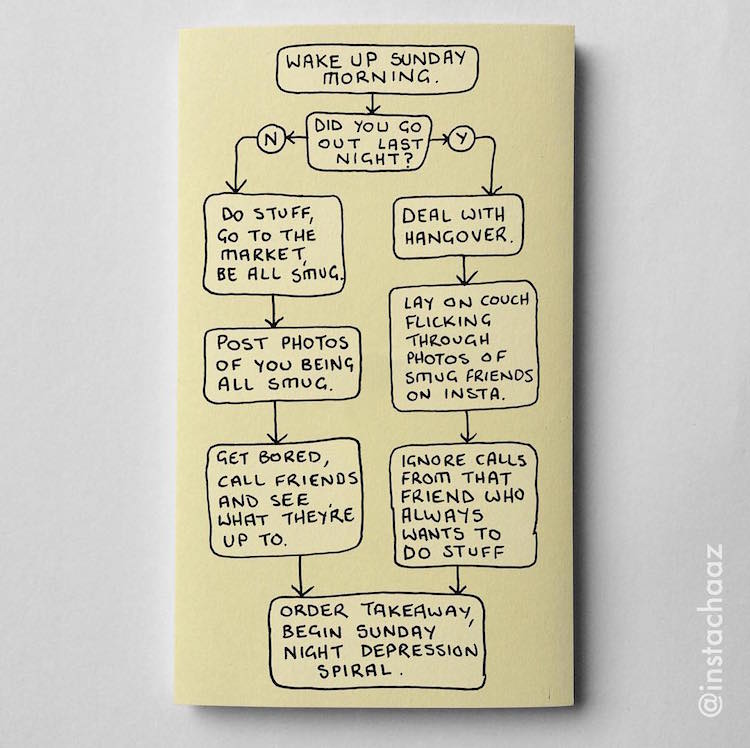
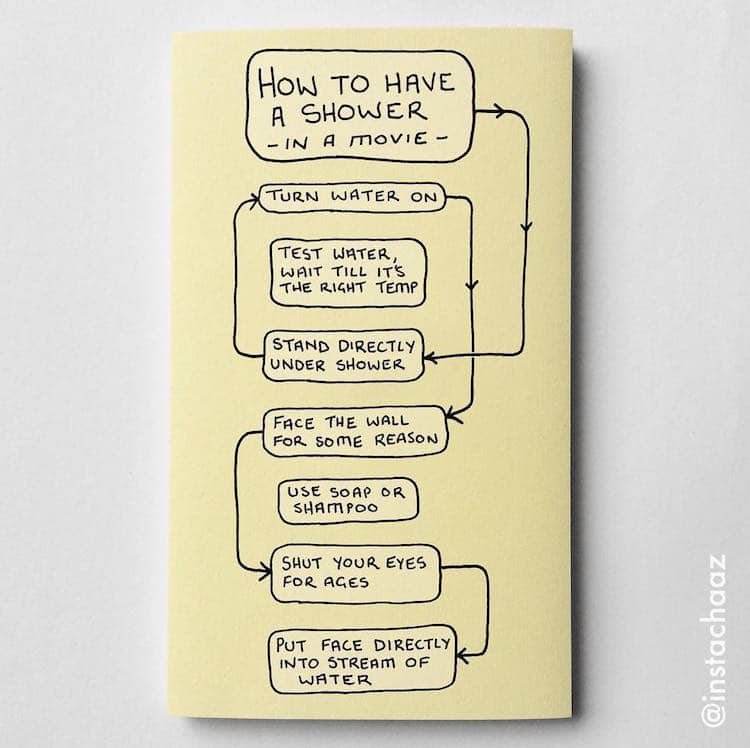


 Chaz Hutton / Insta-Chaz:
Chaz Hutton / Insta-Chaz: 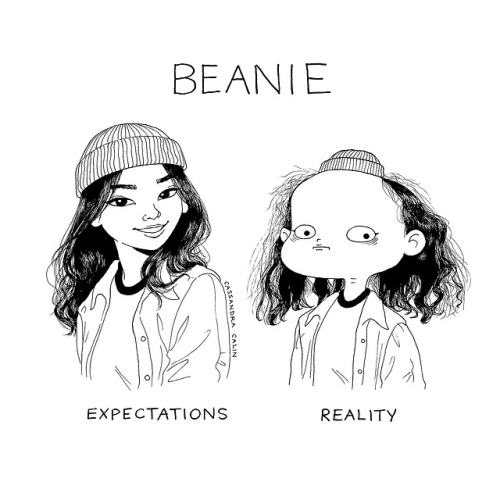
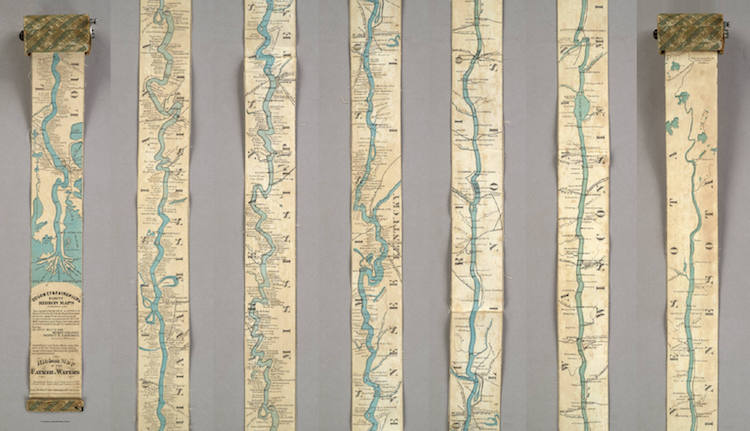

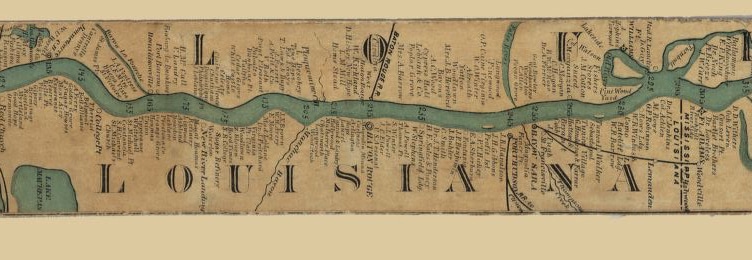

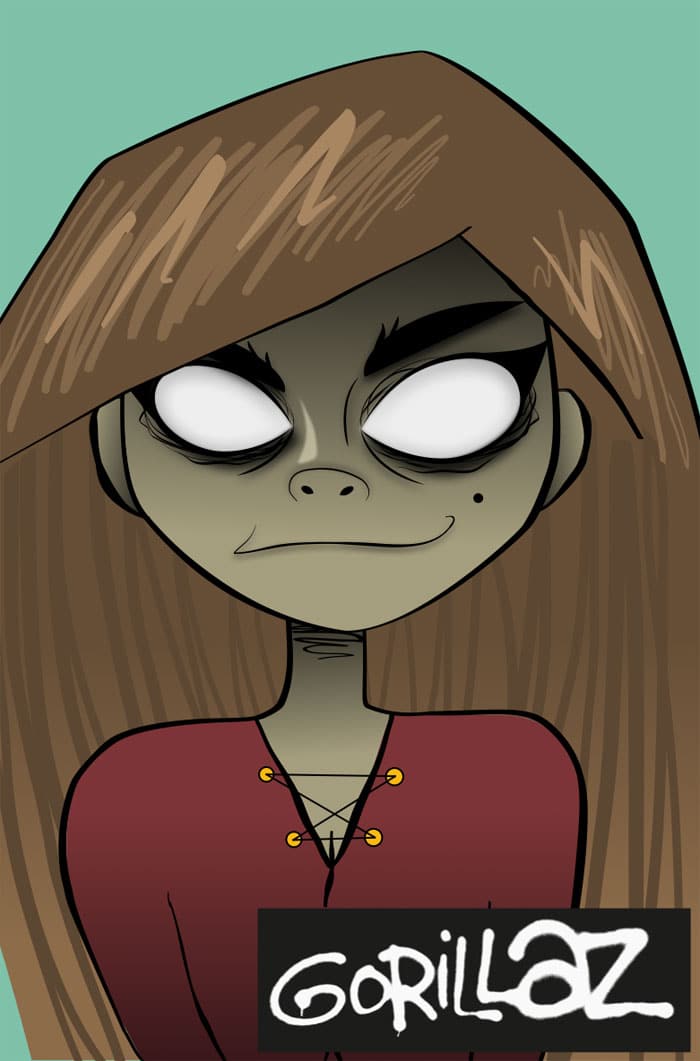


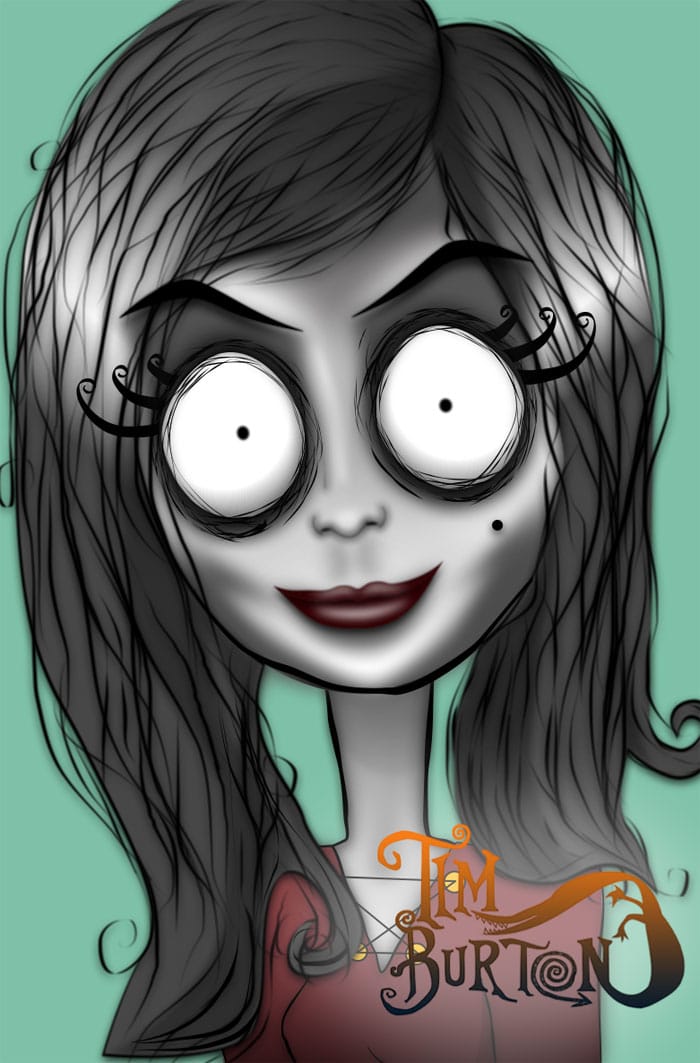







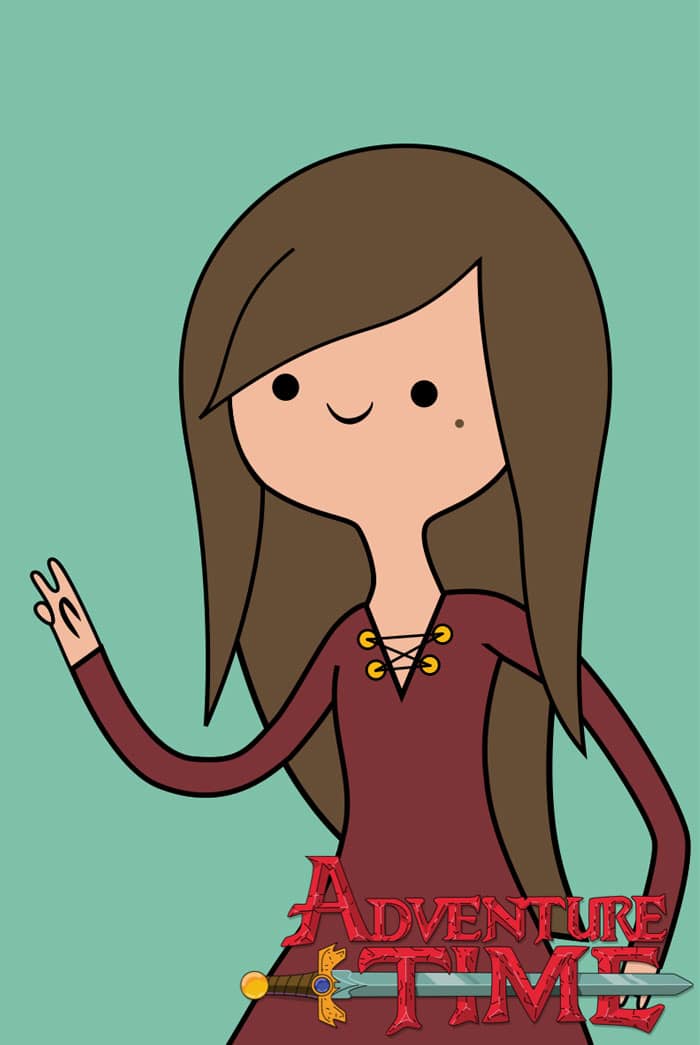


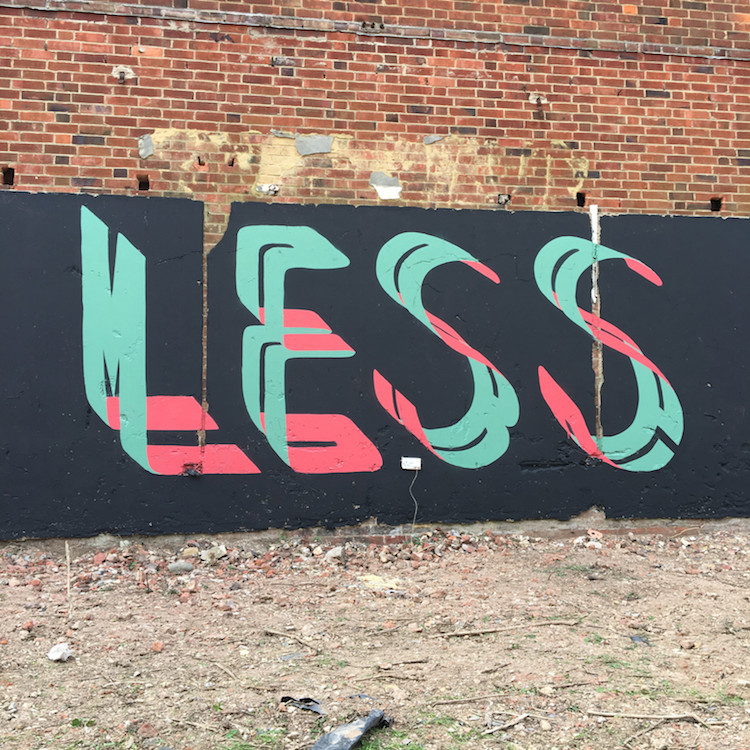



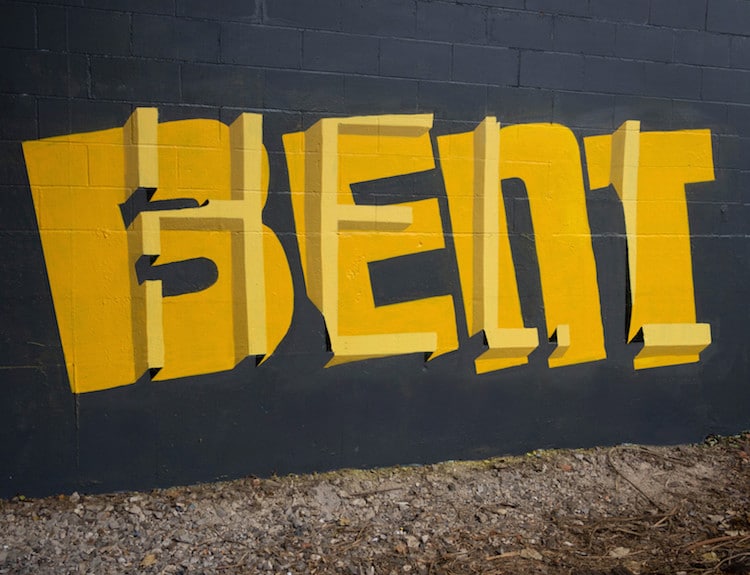
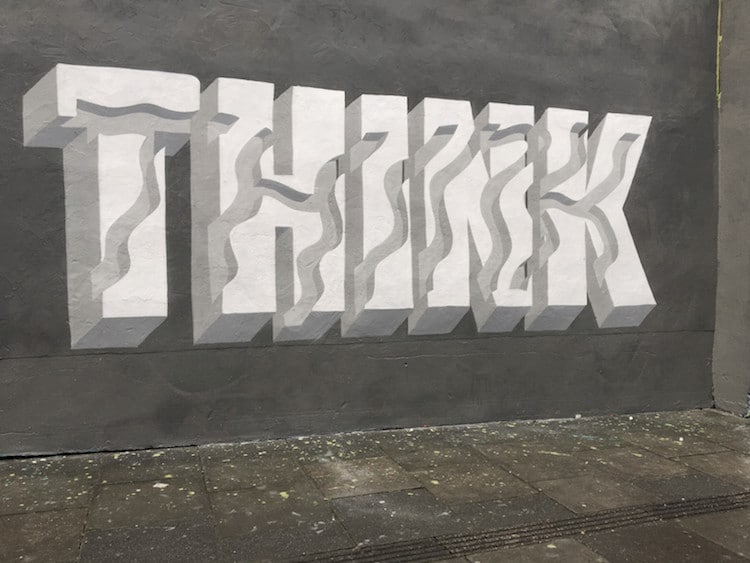
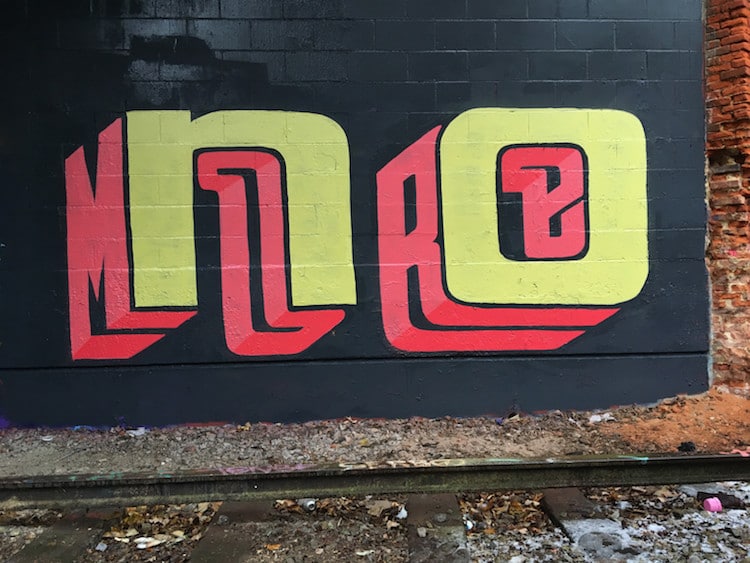
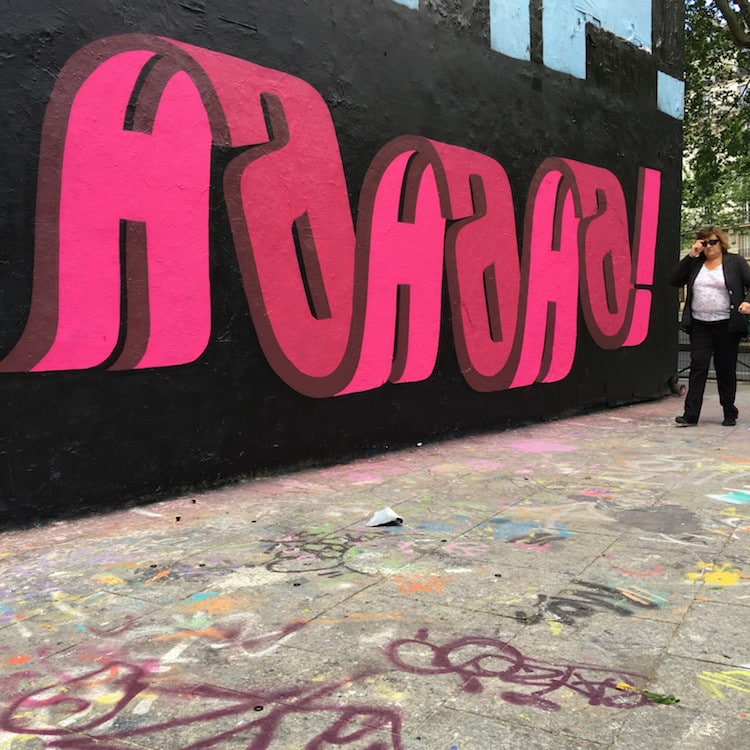



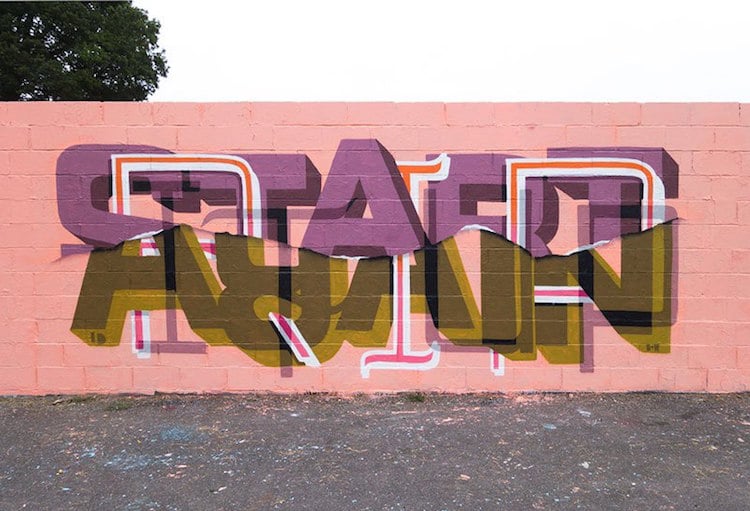


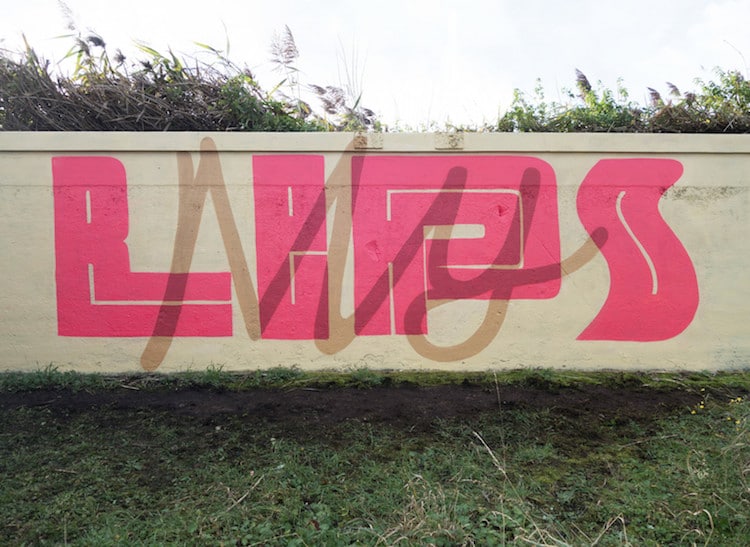
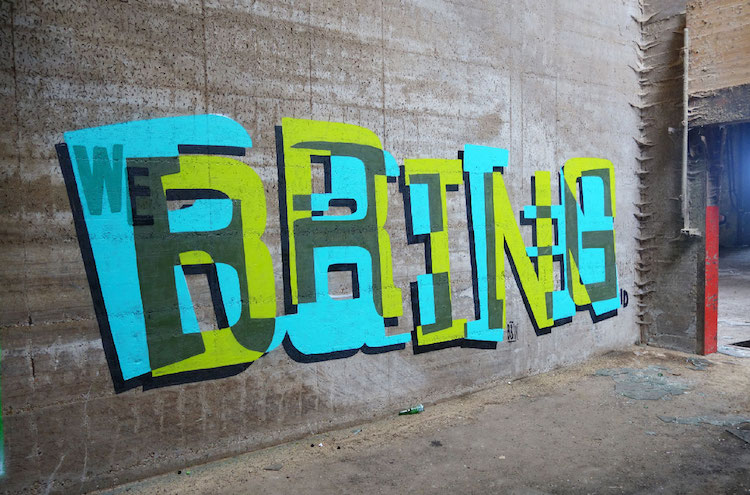
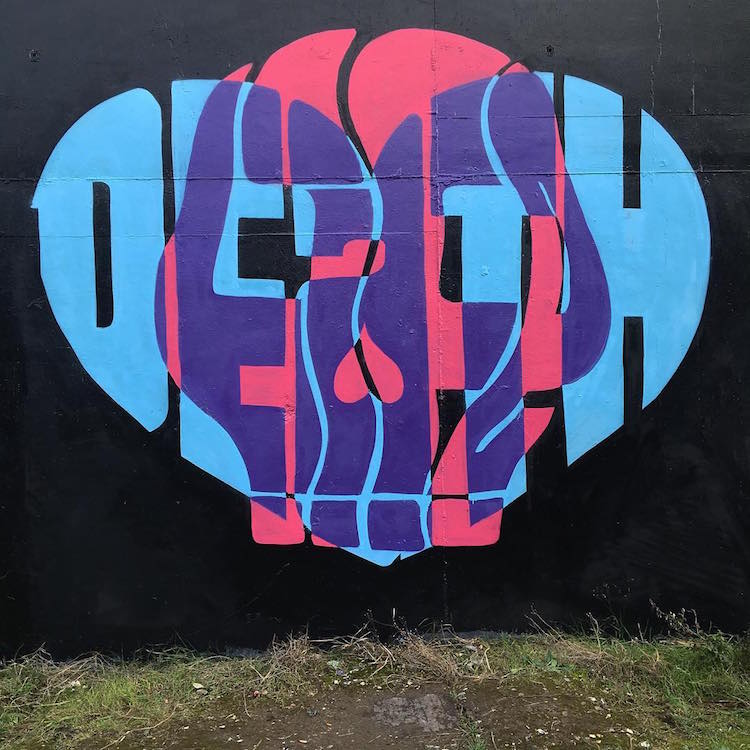
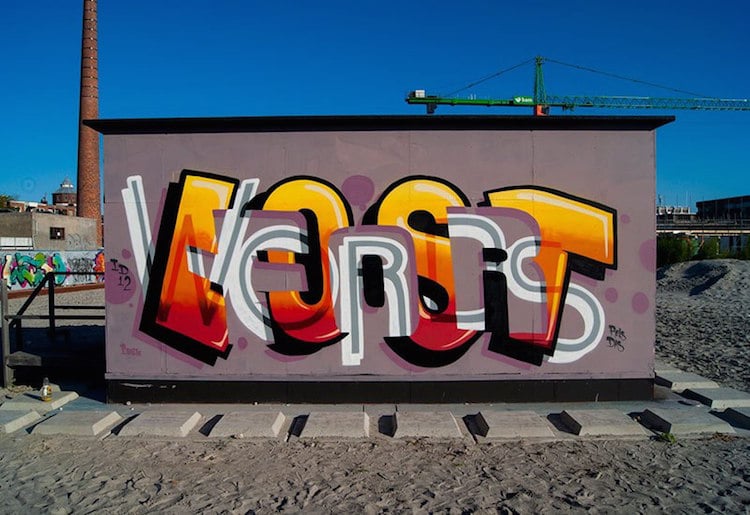 Pref:
Pref: 